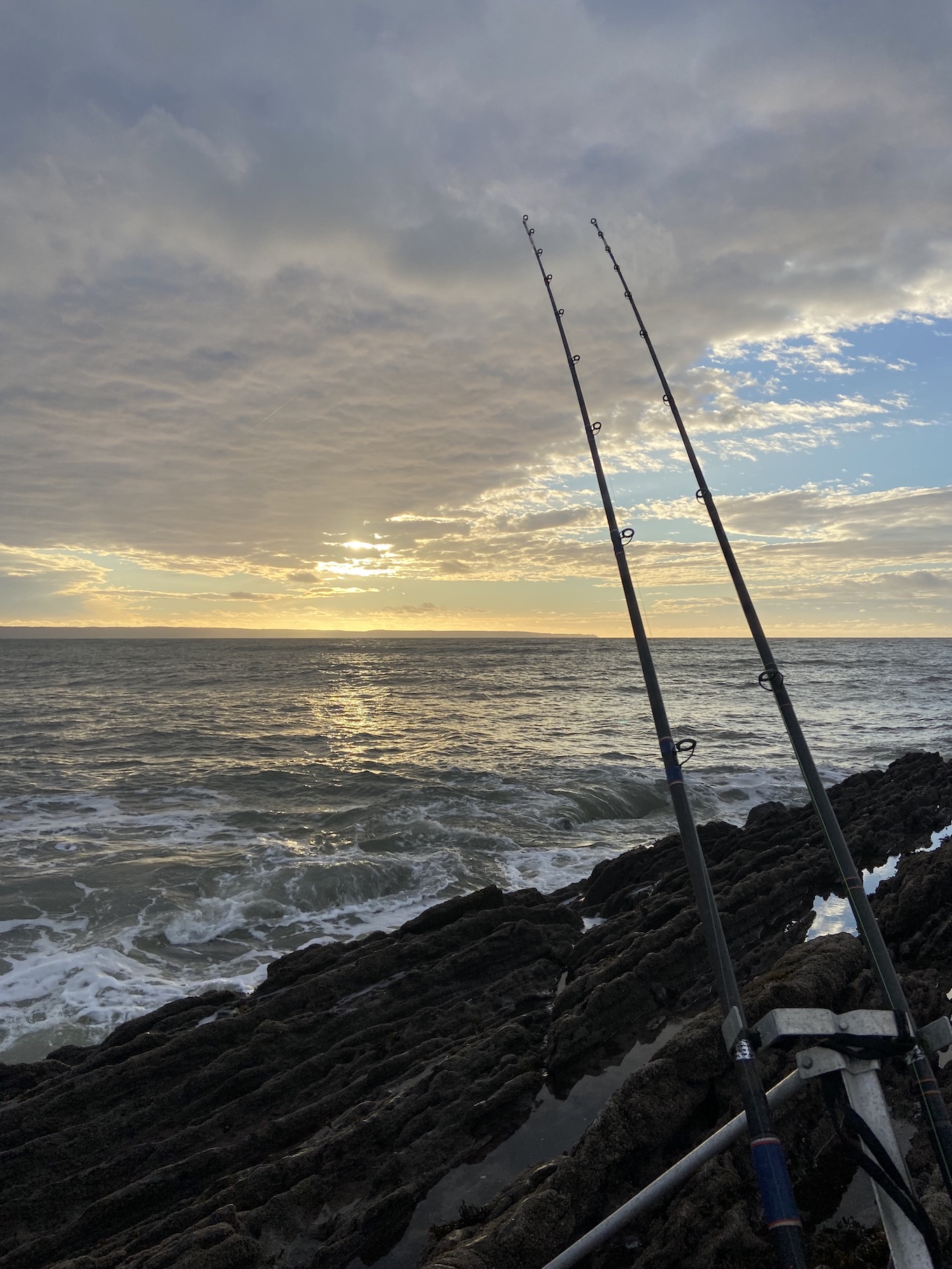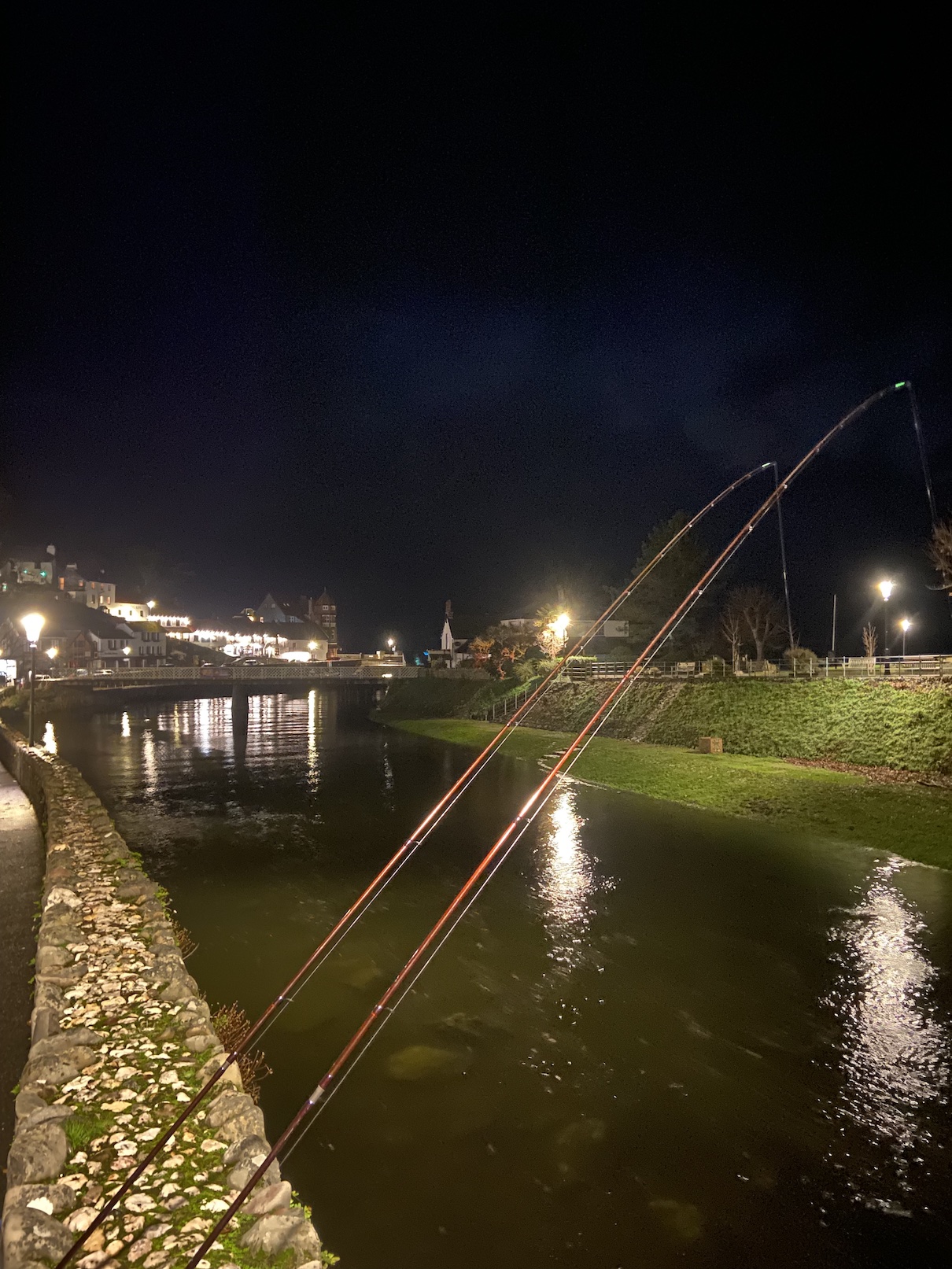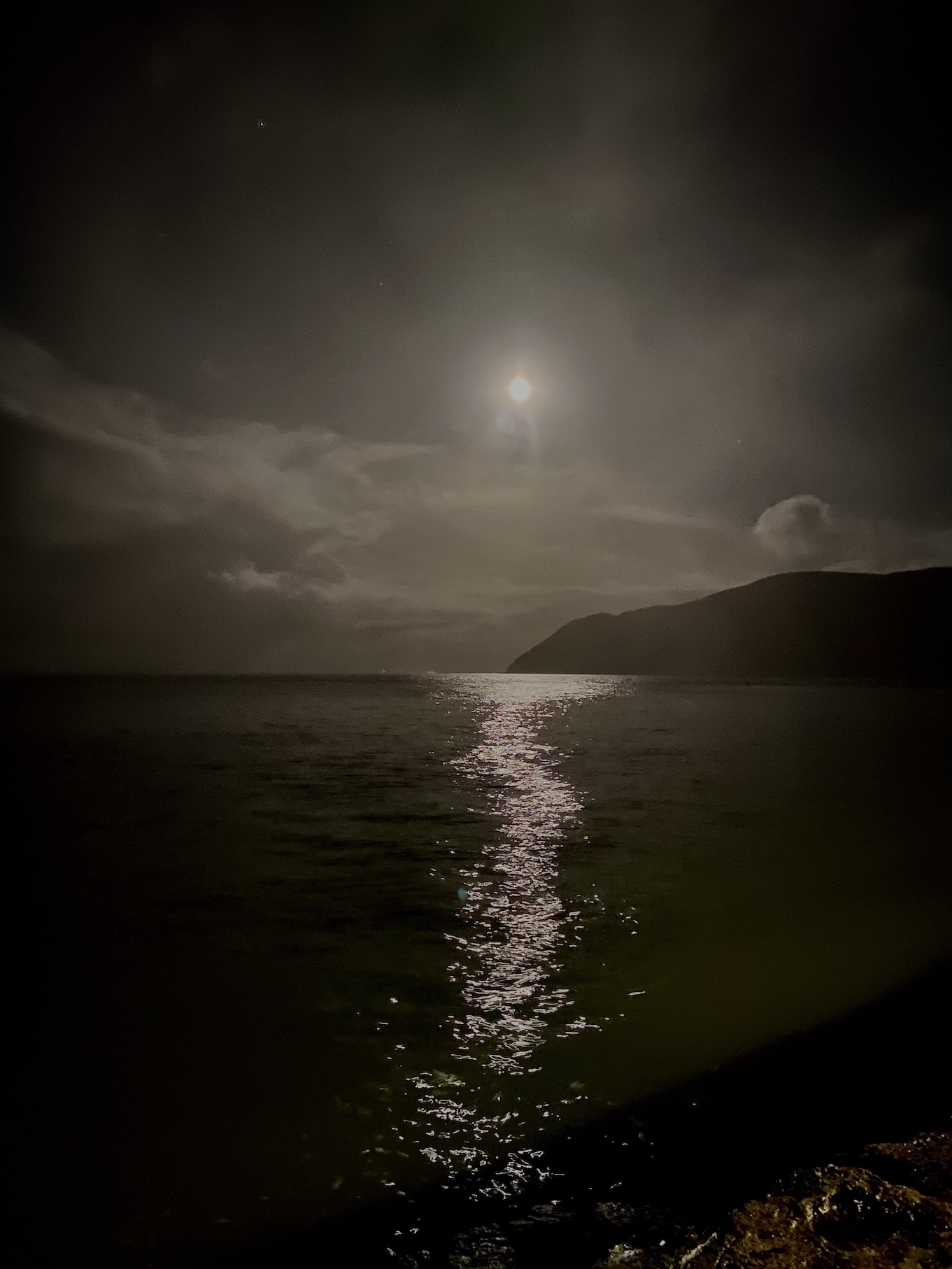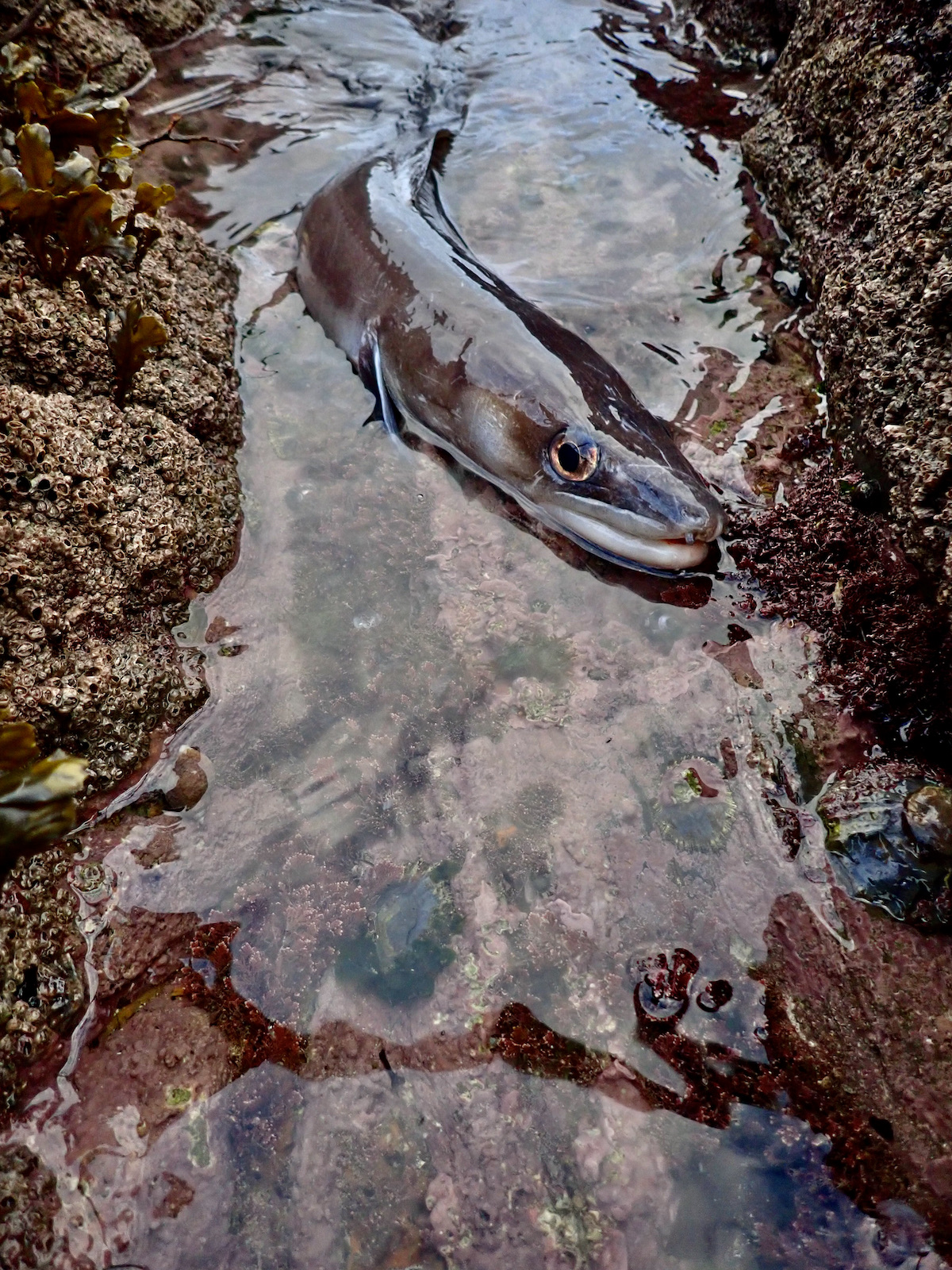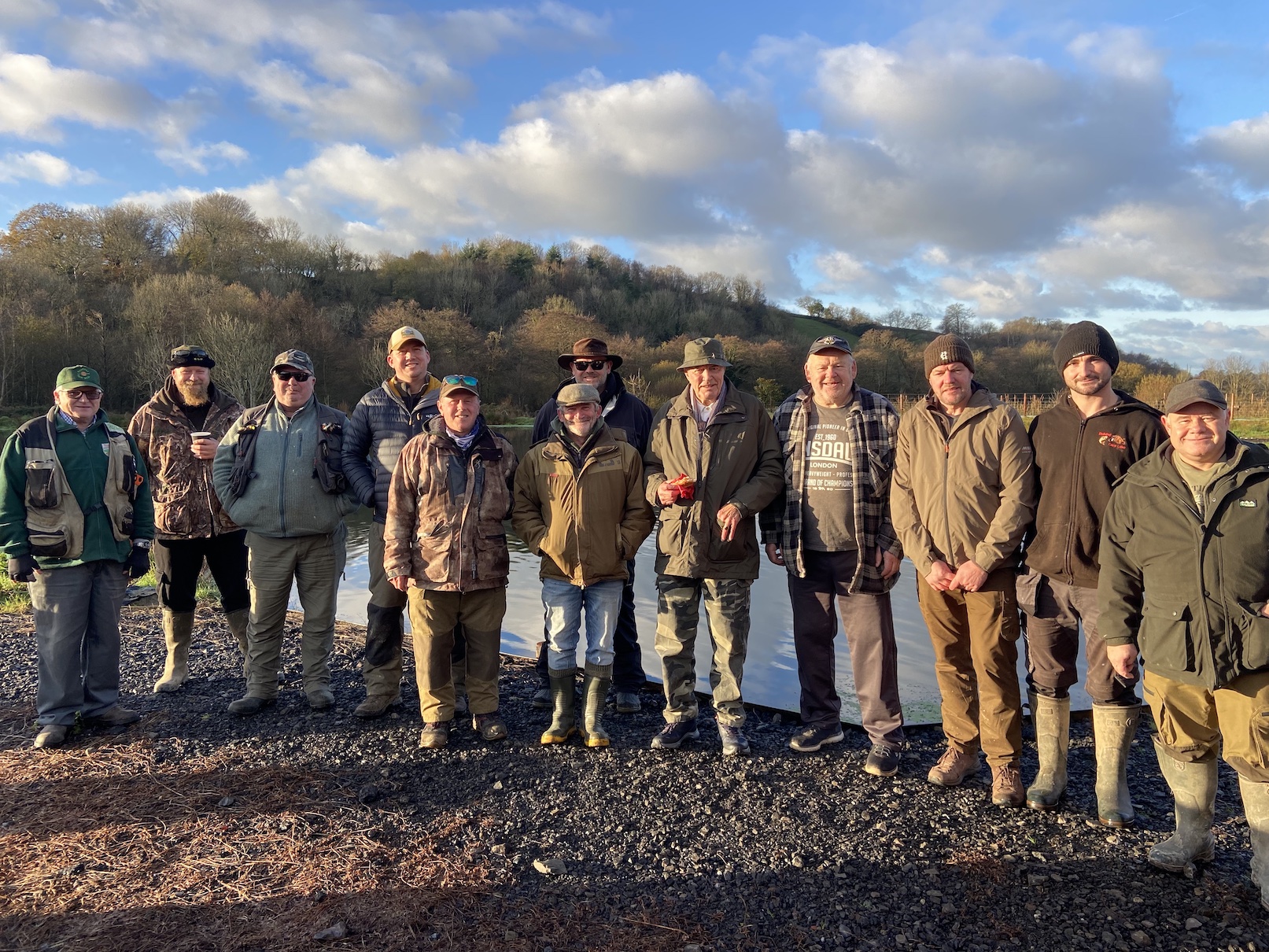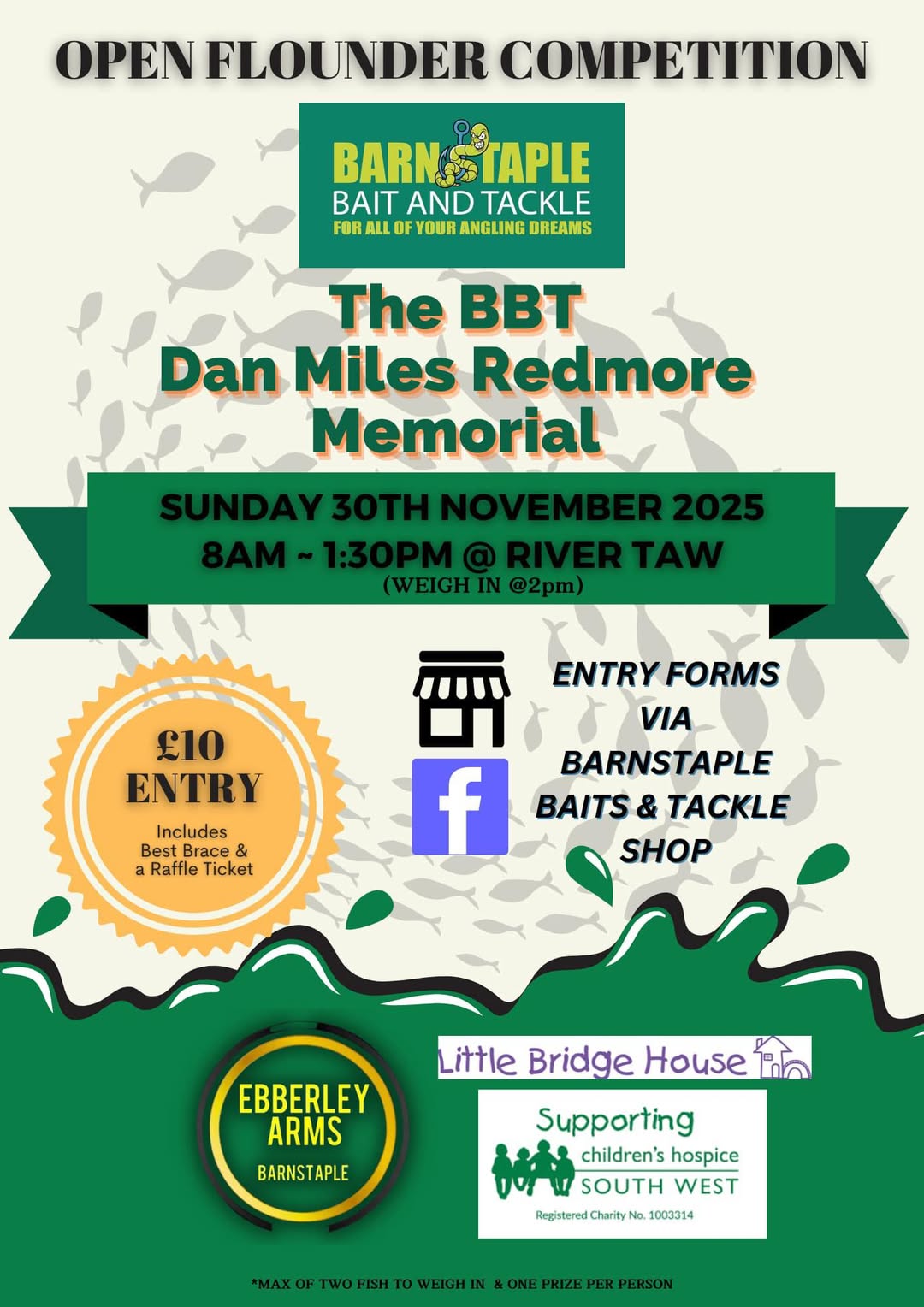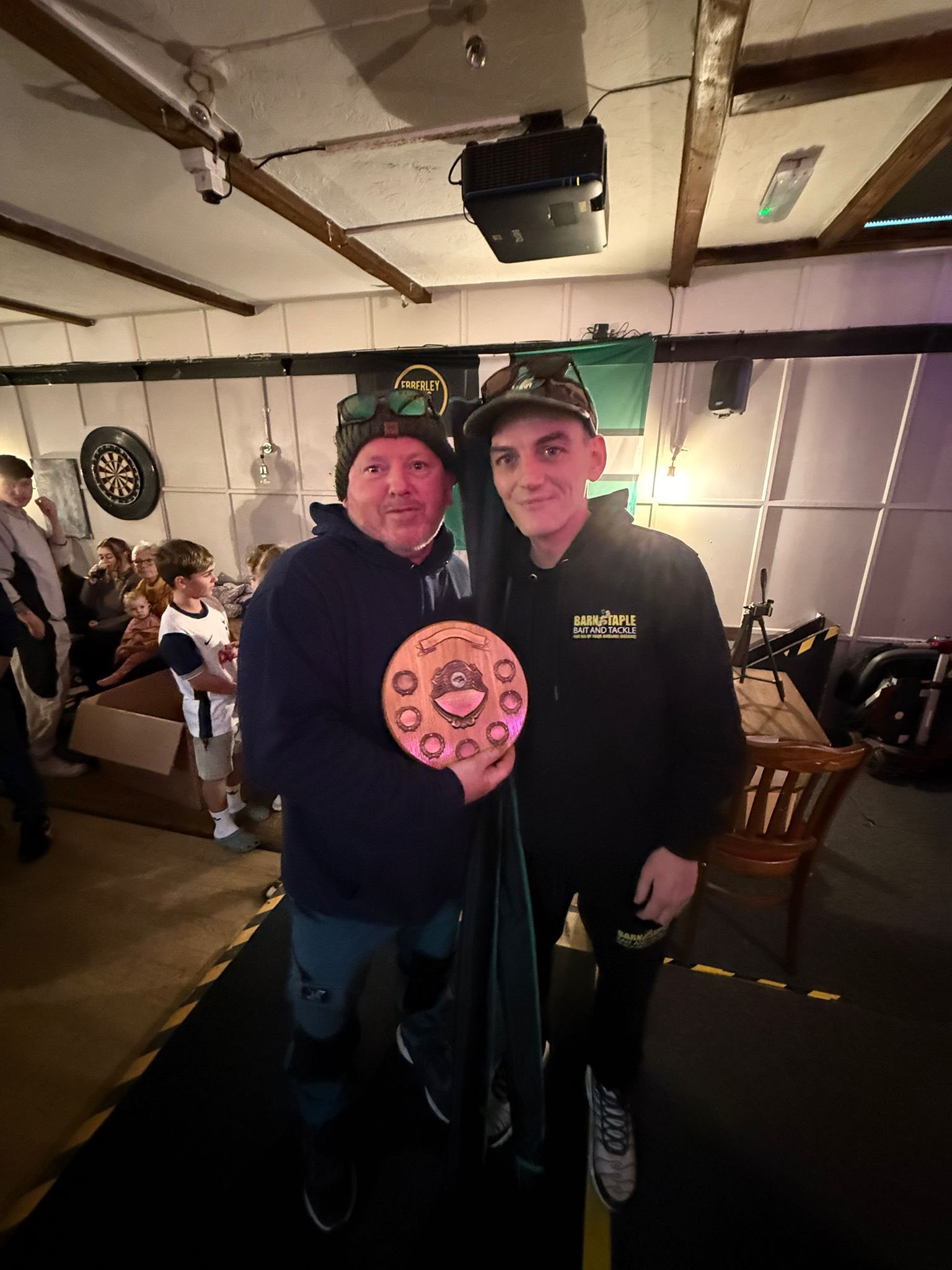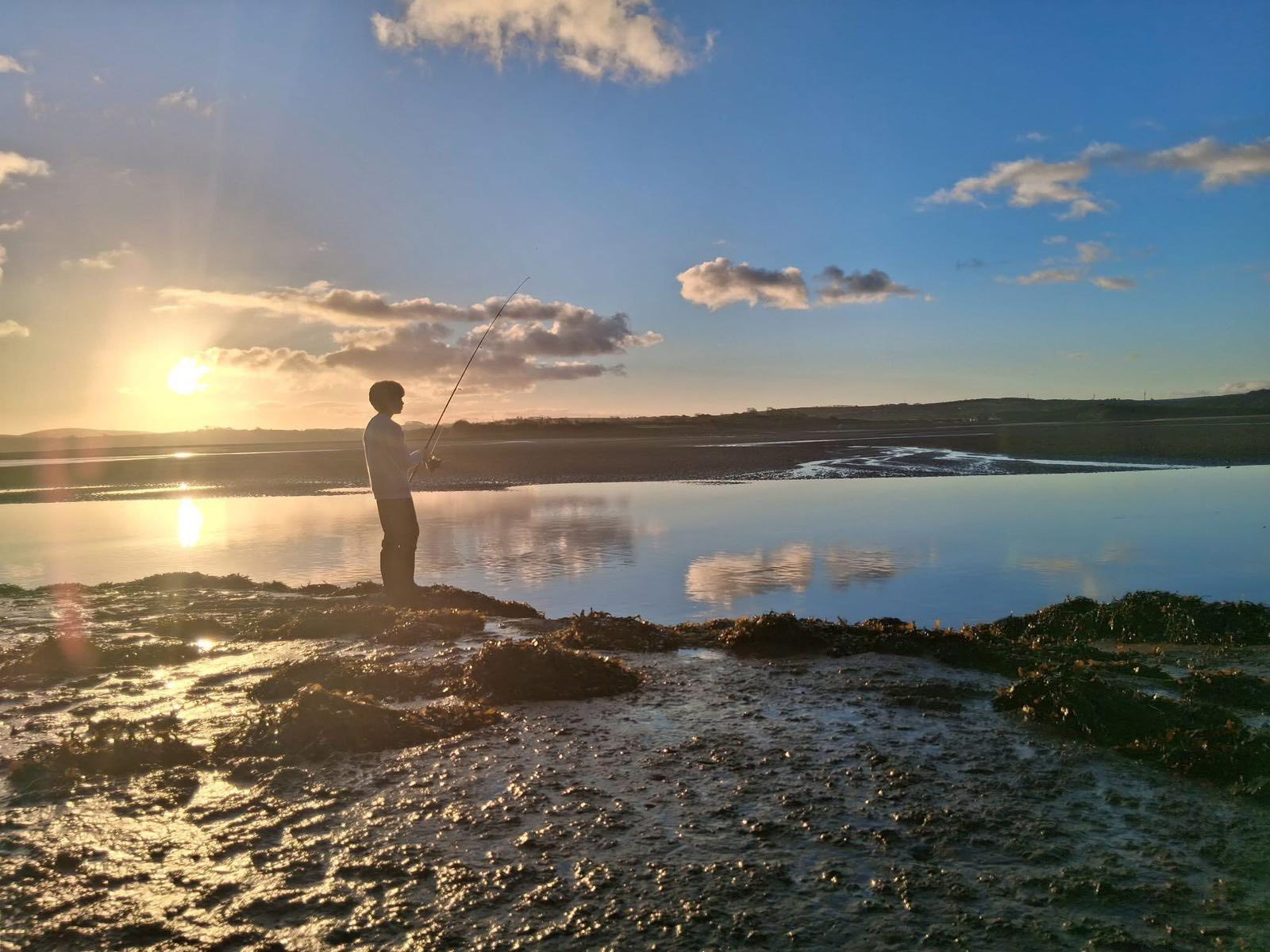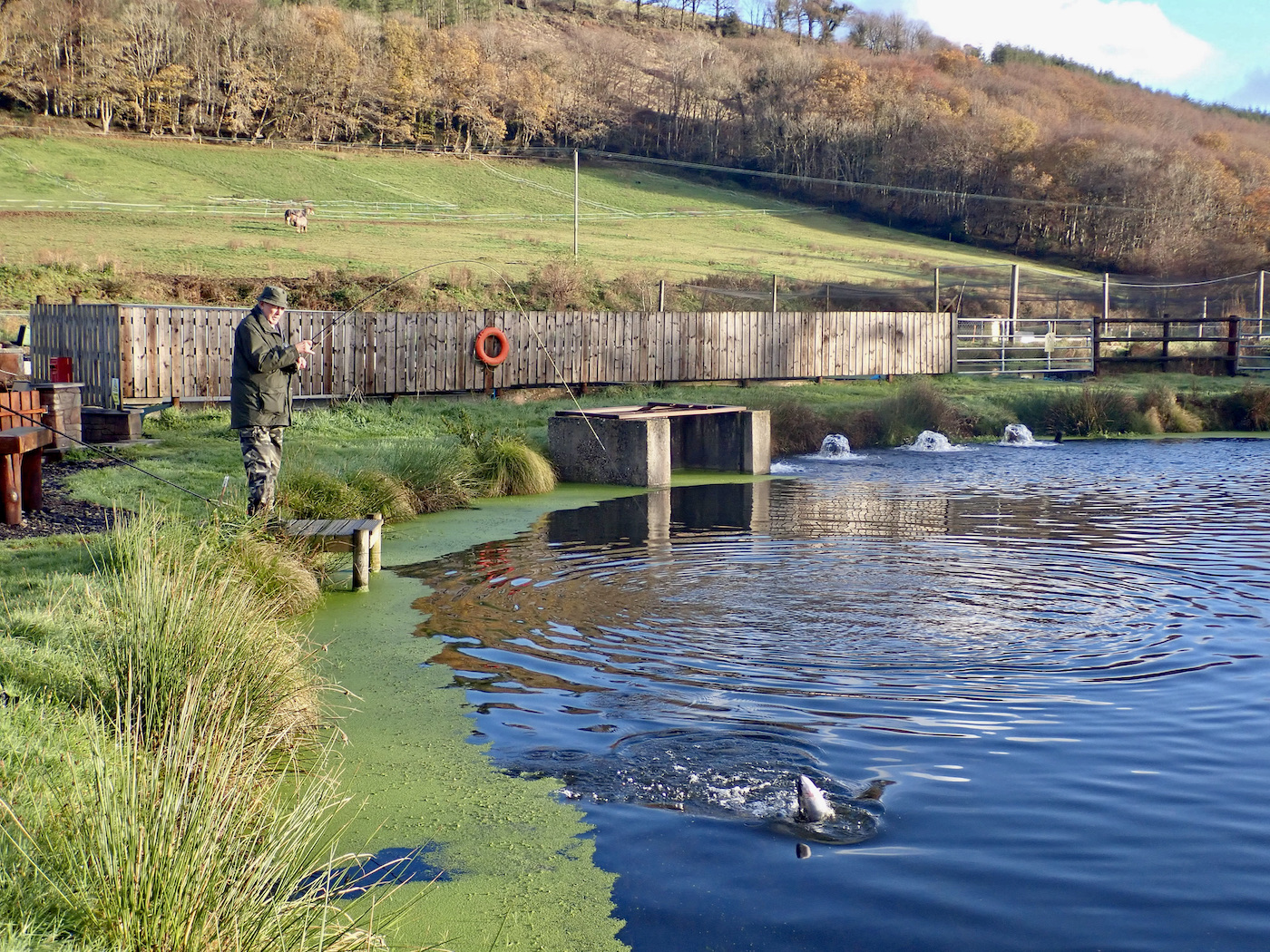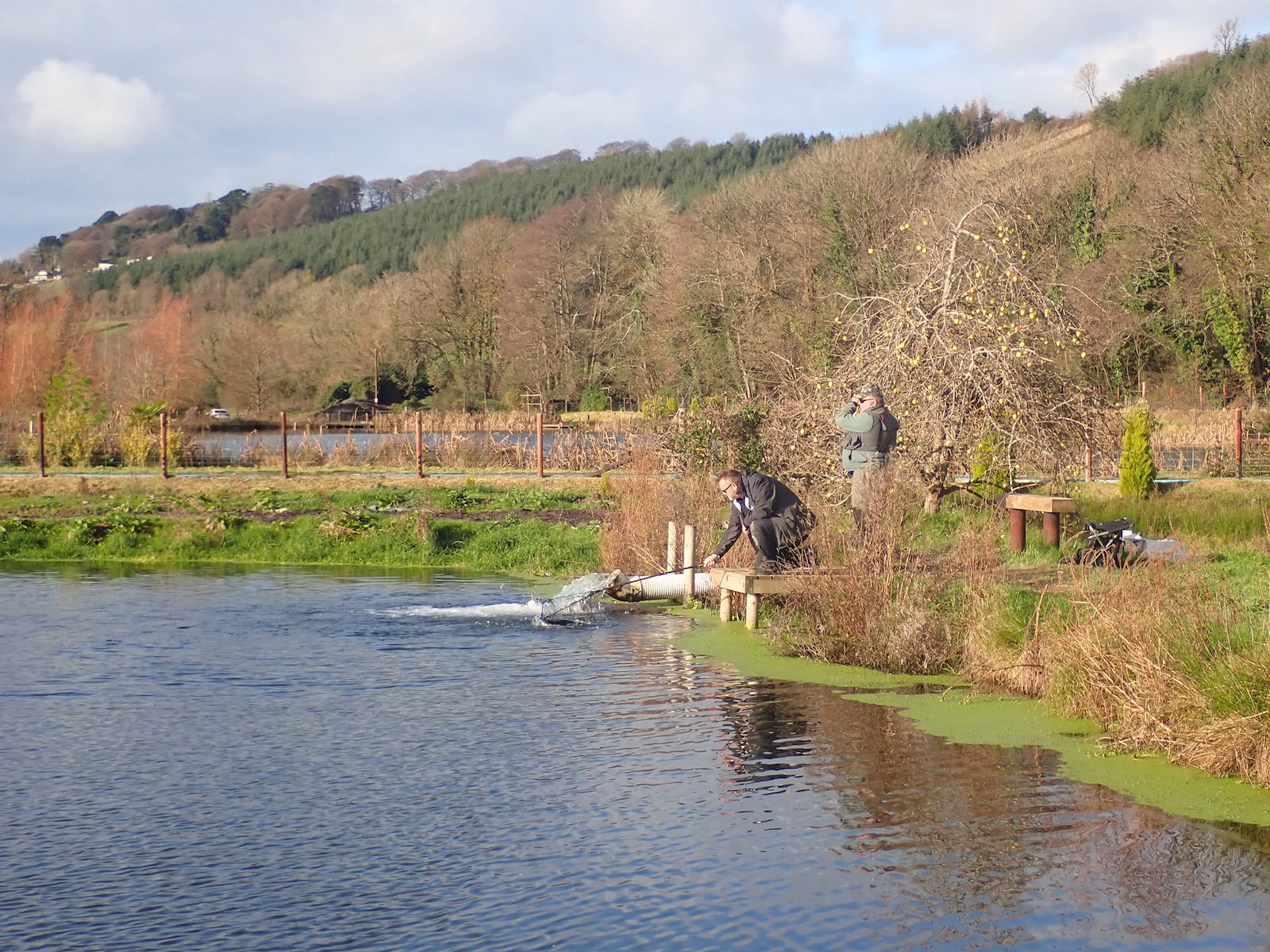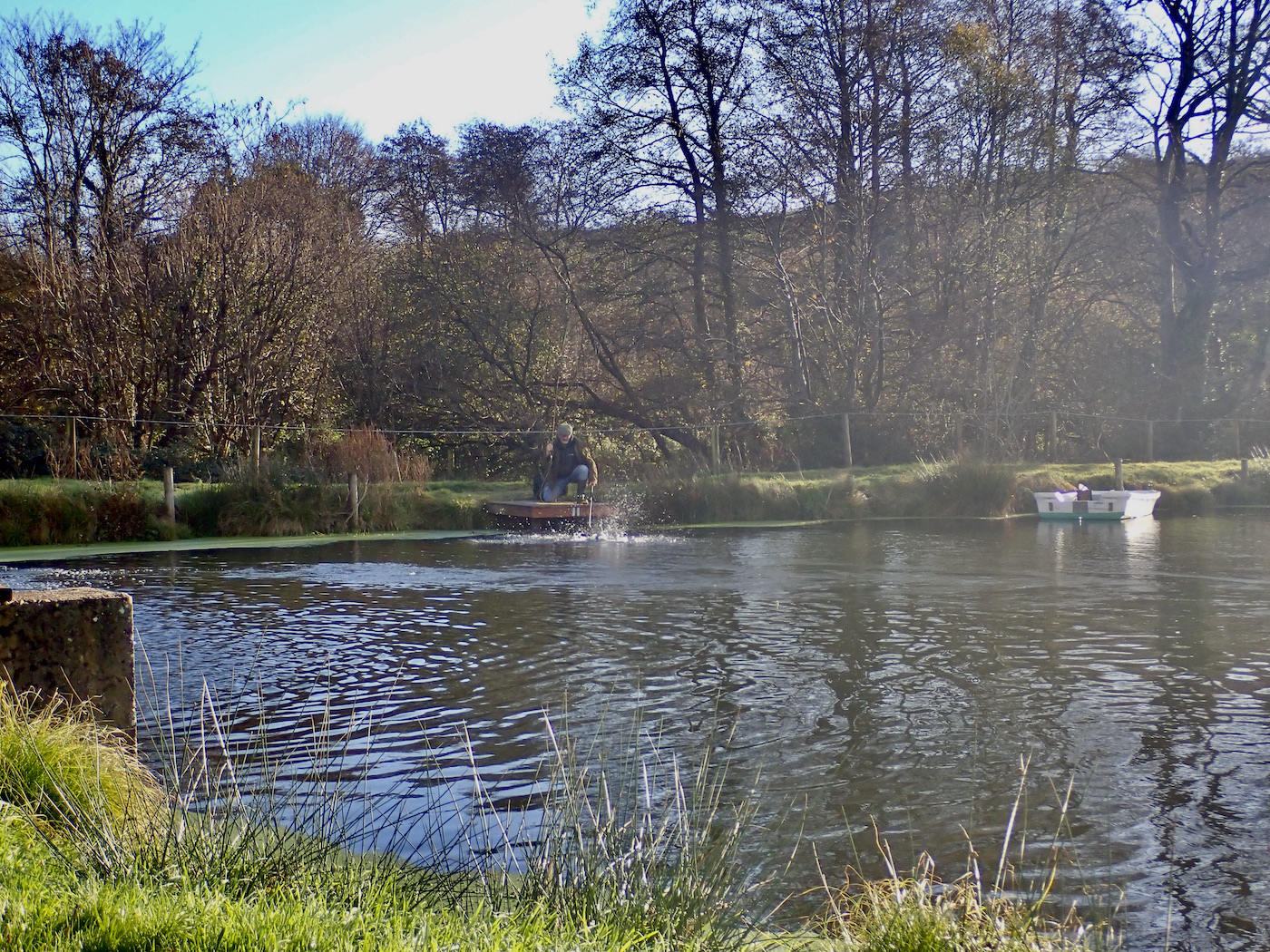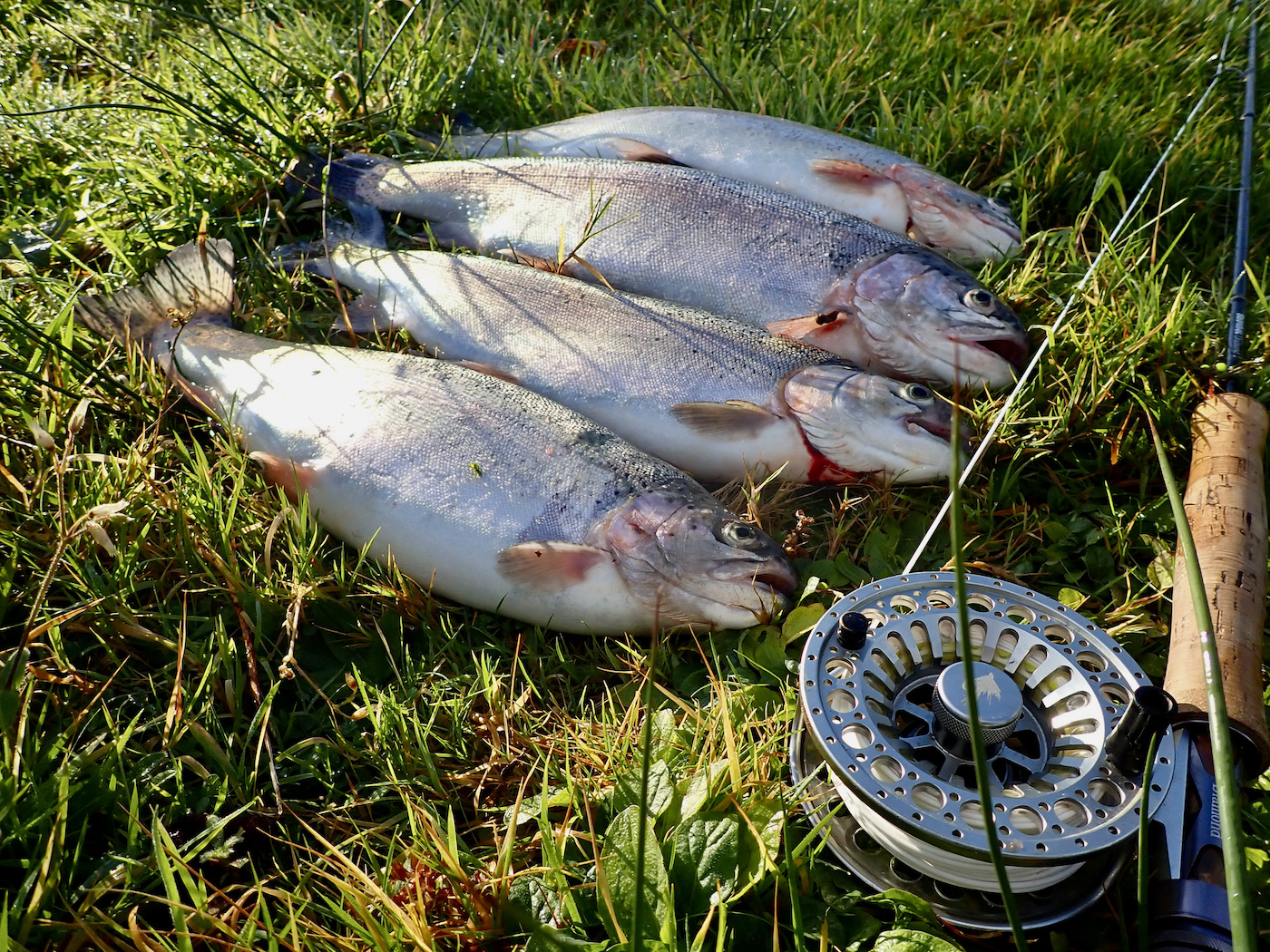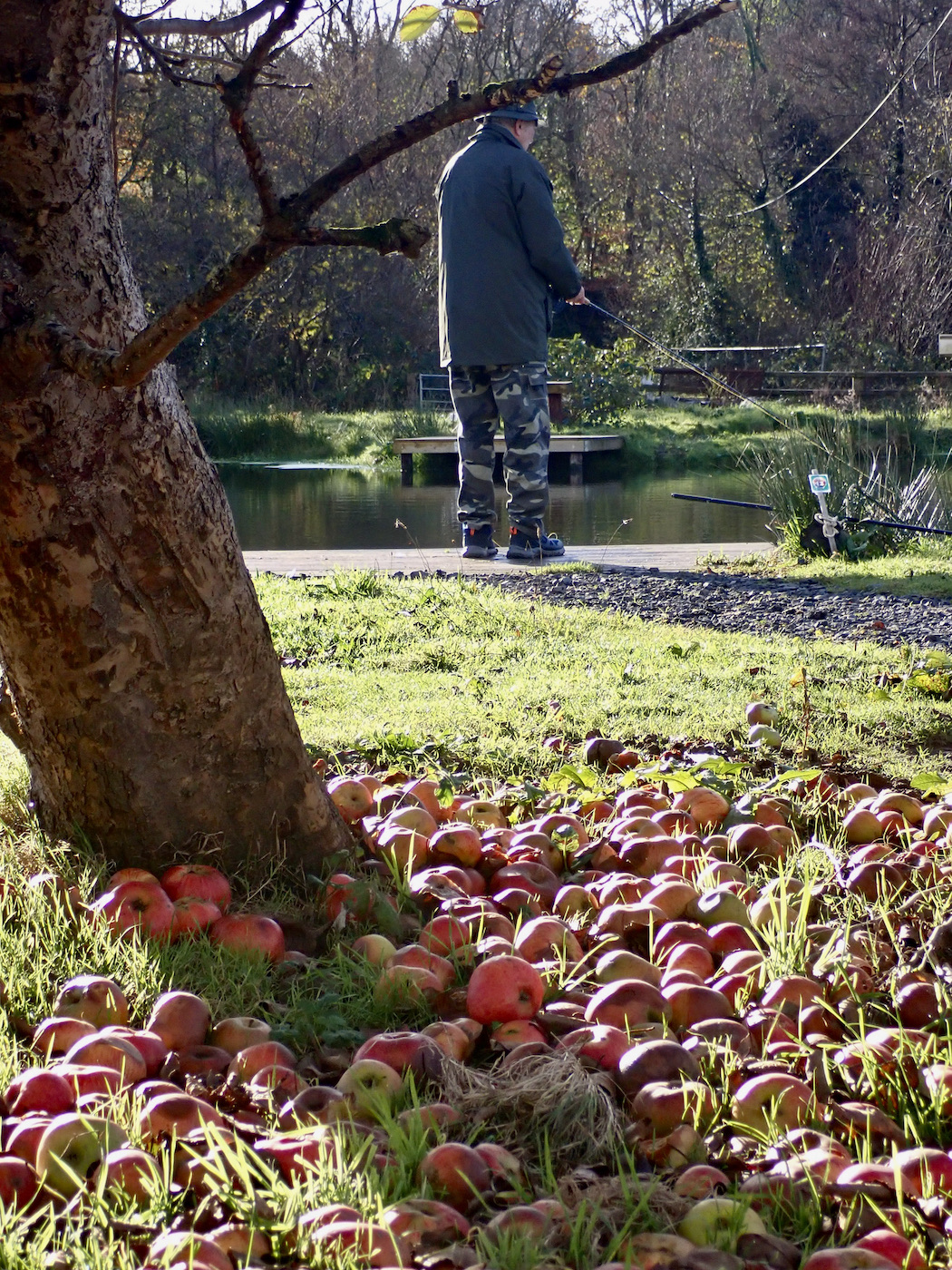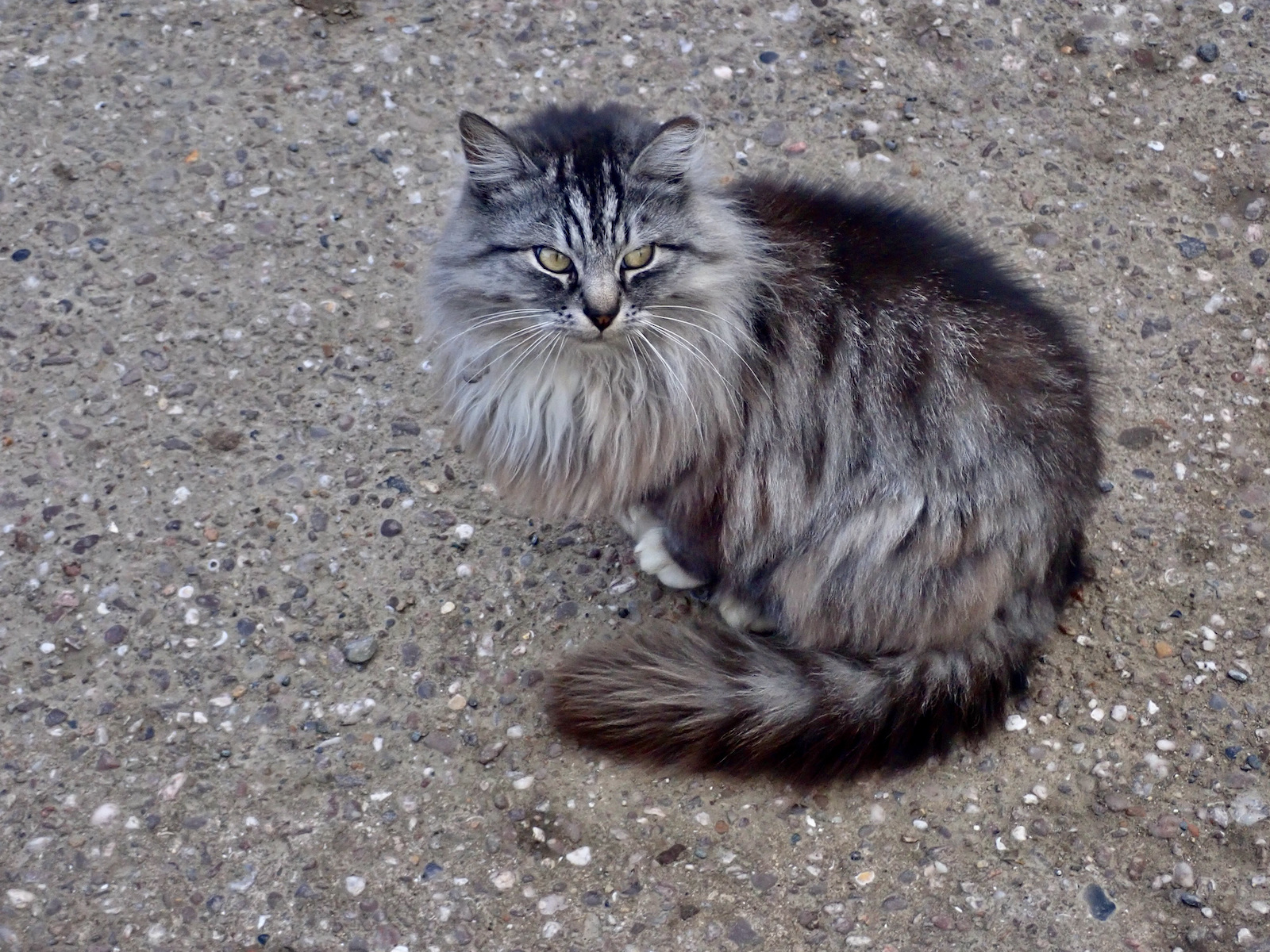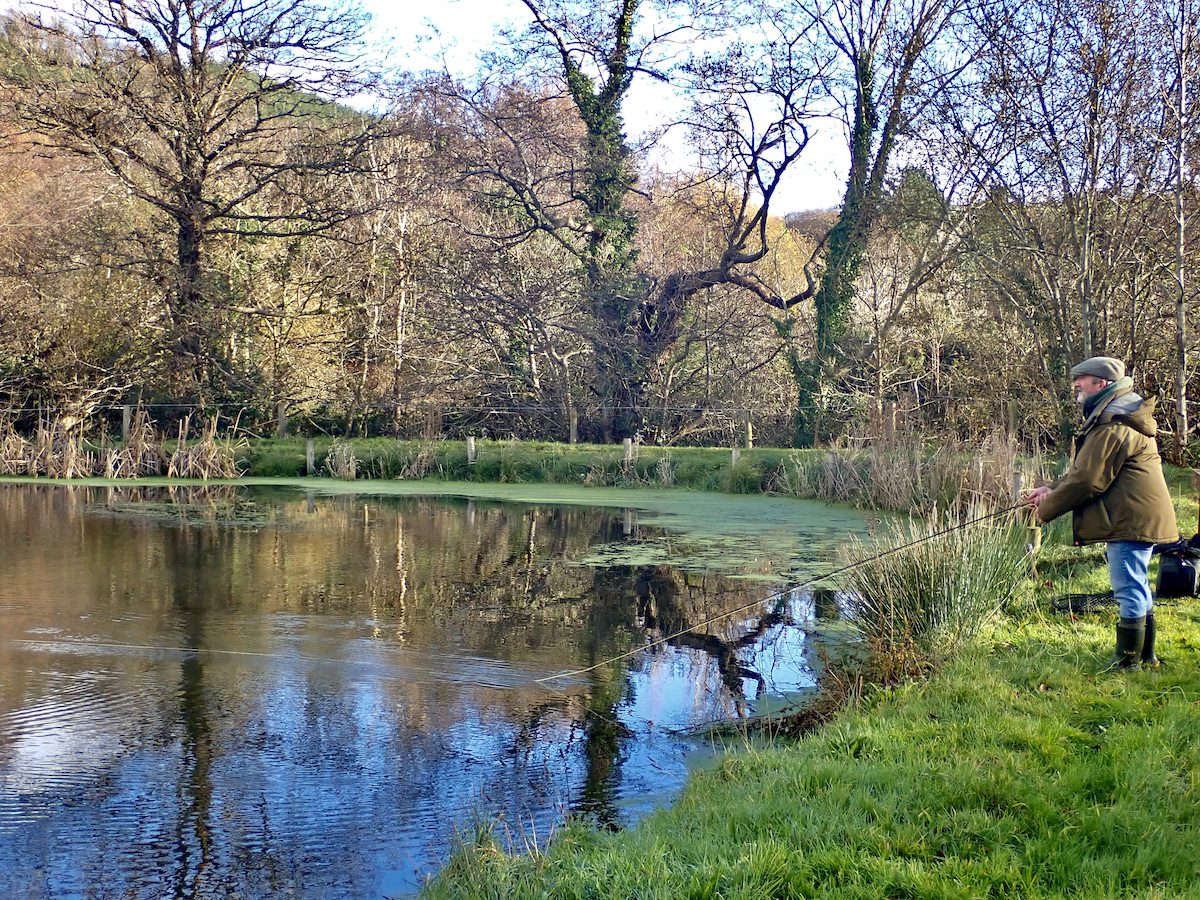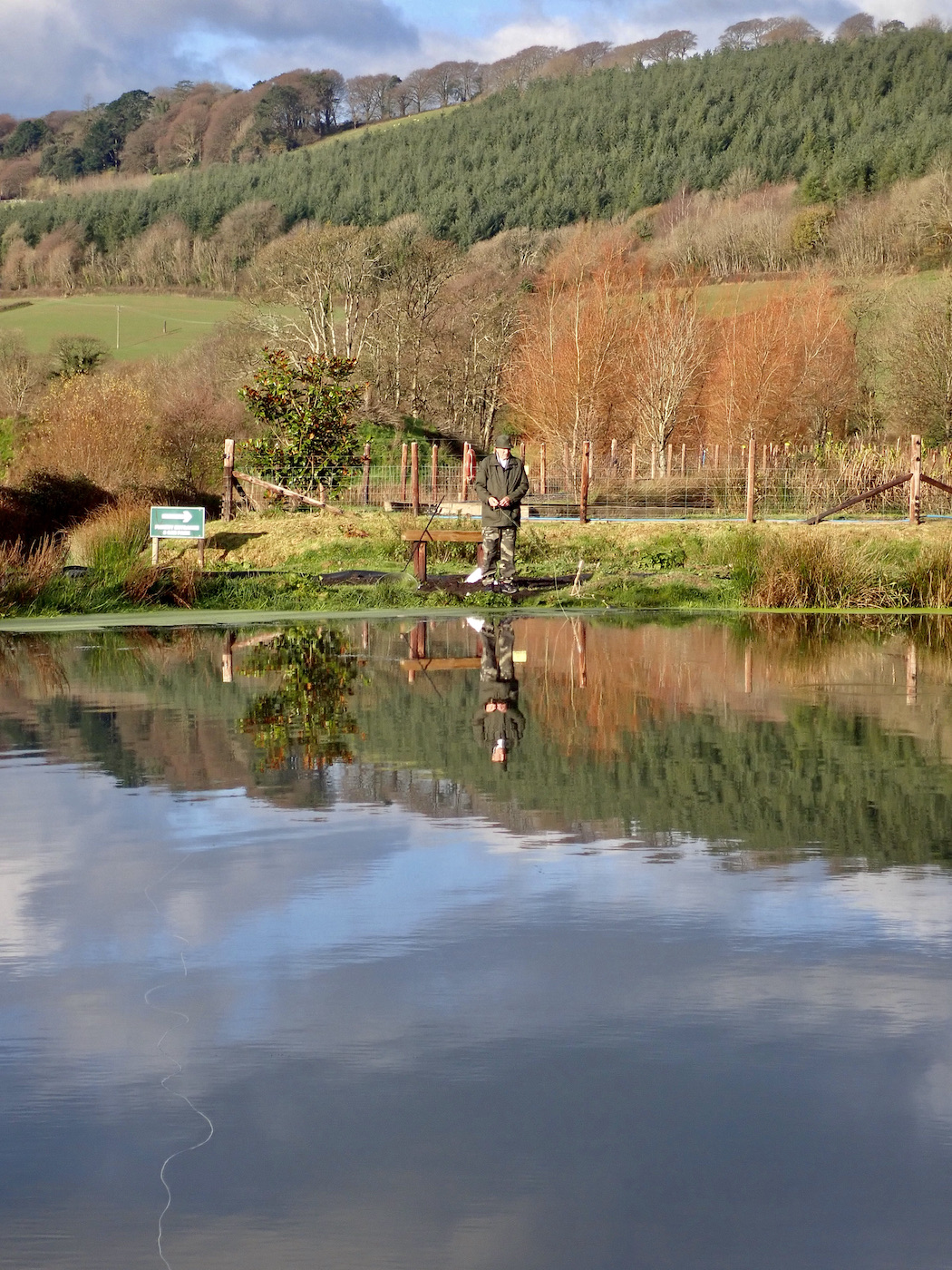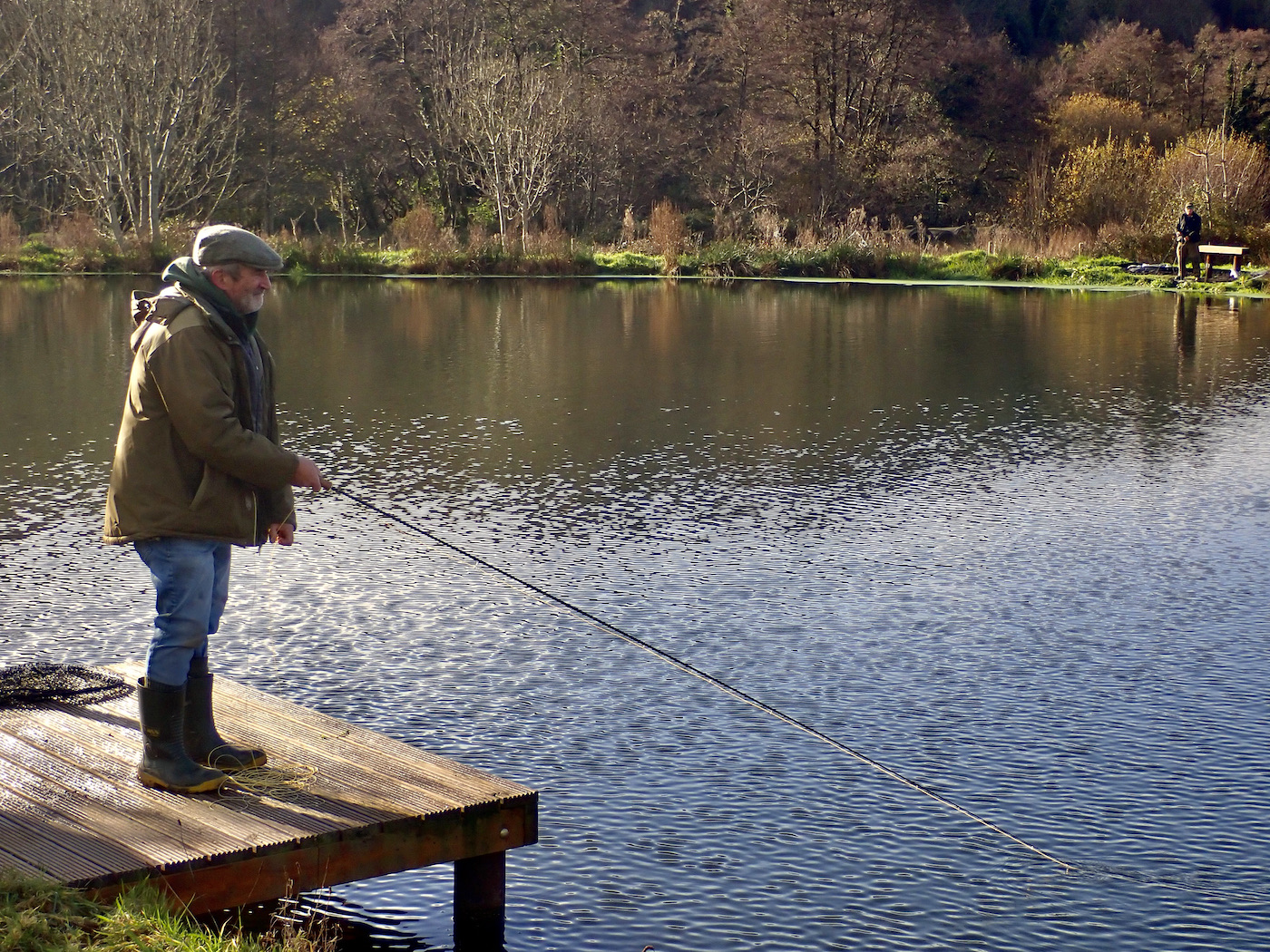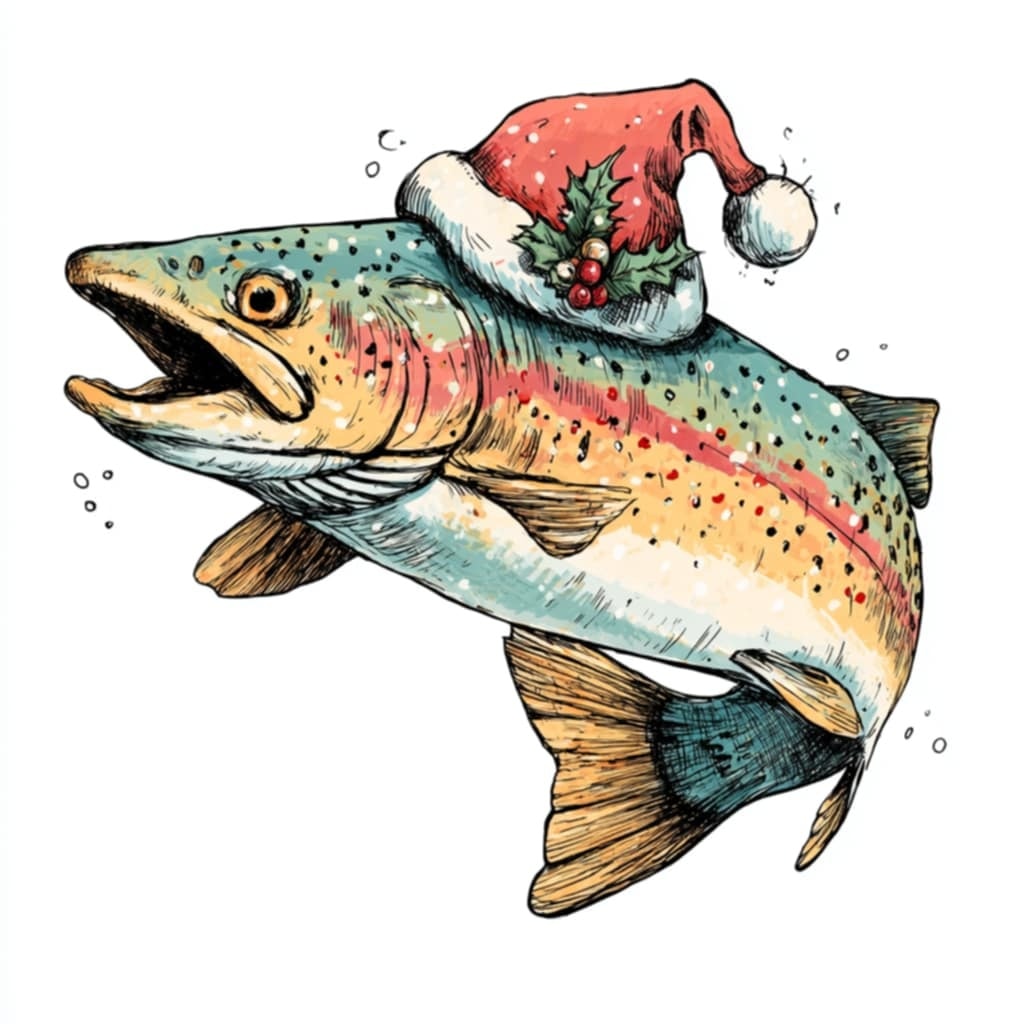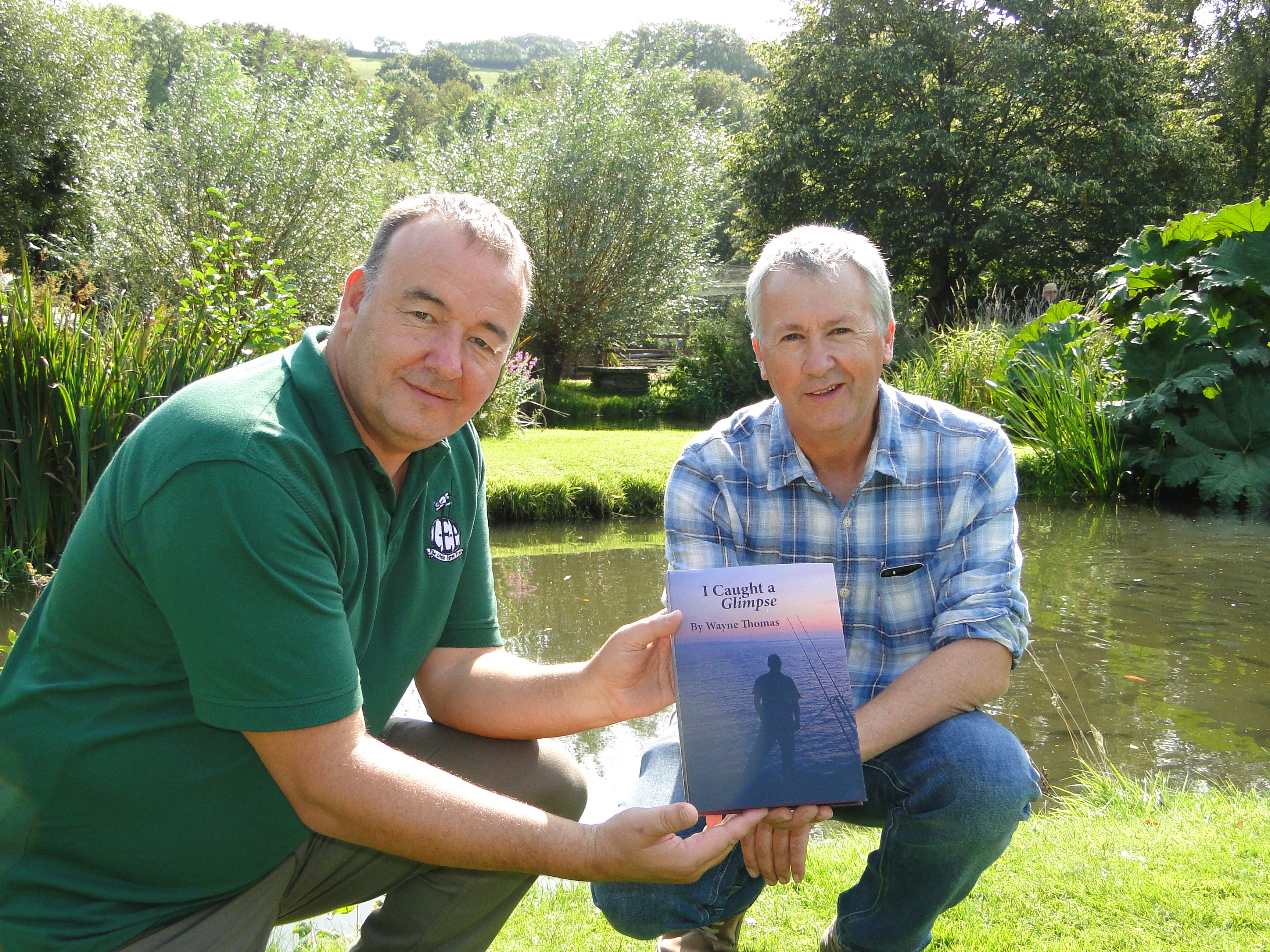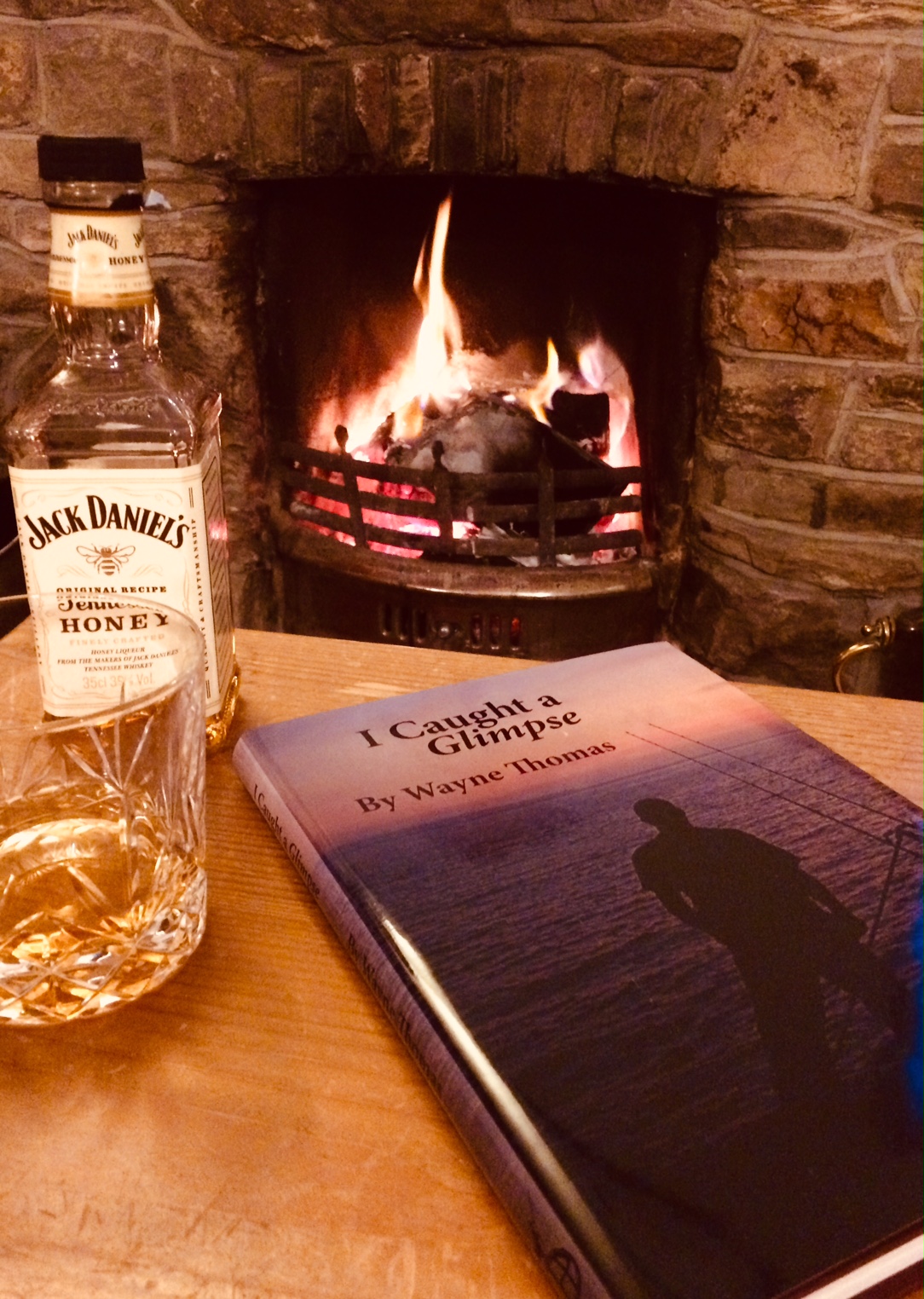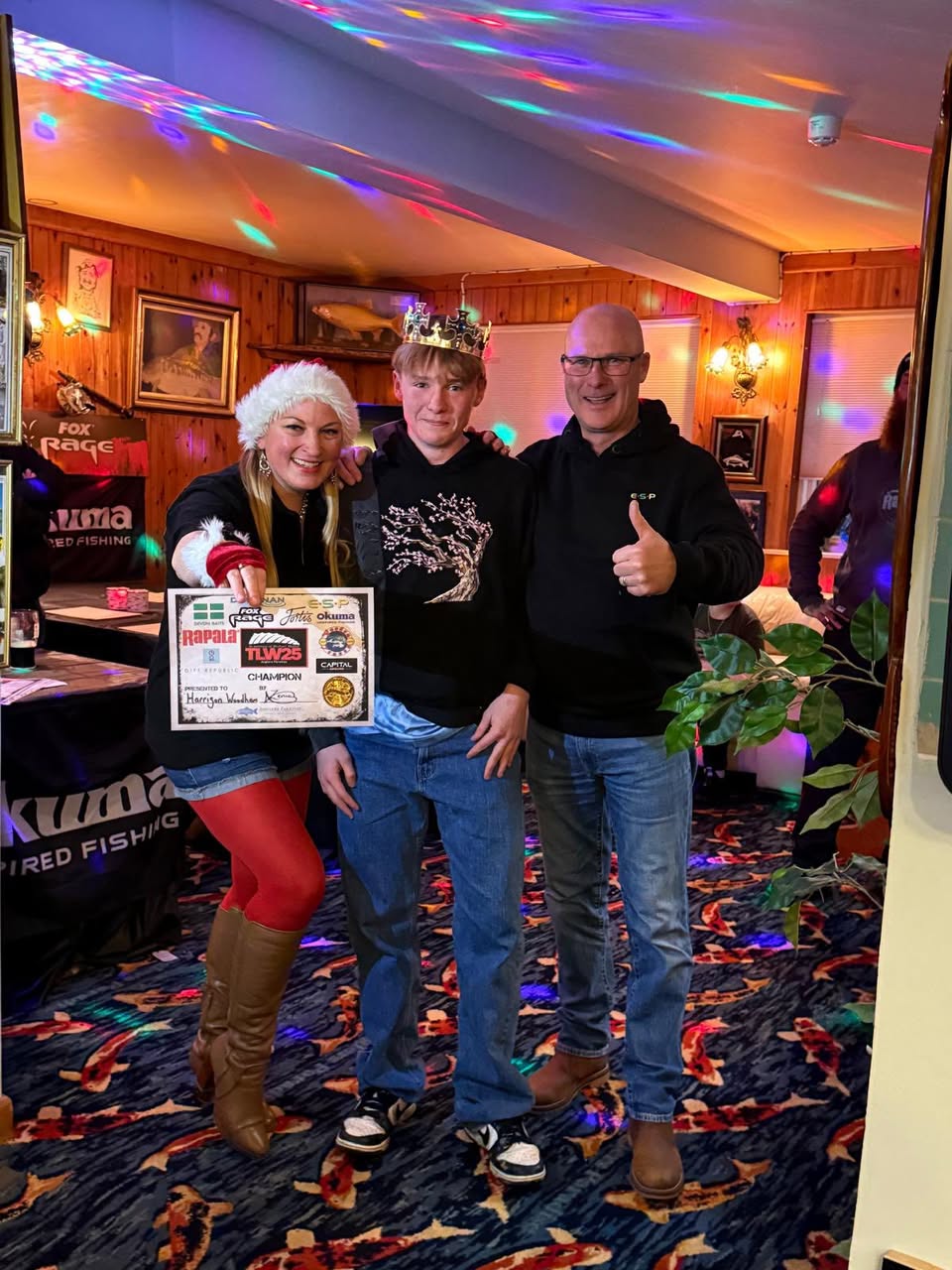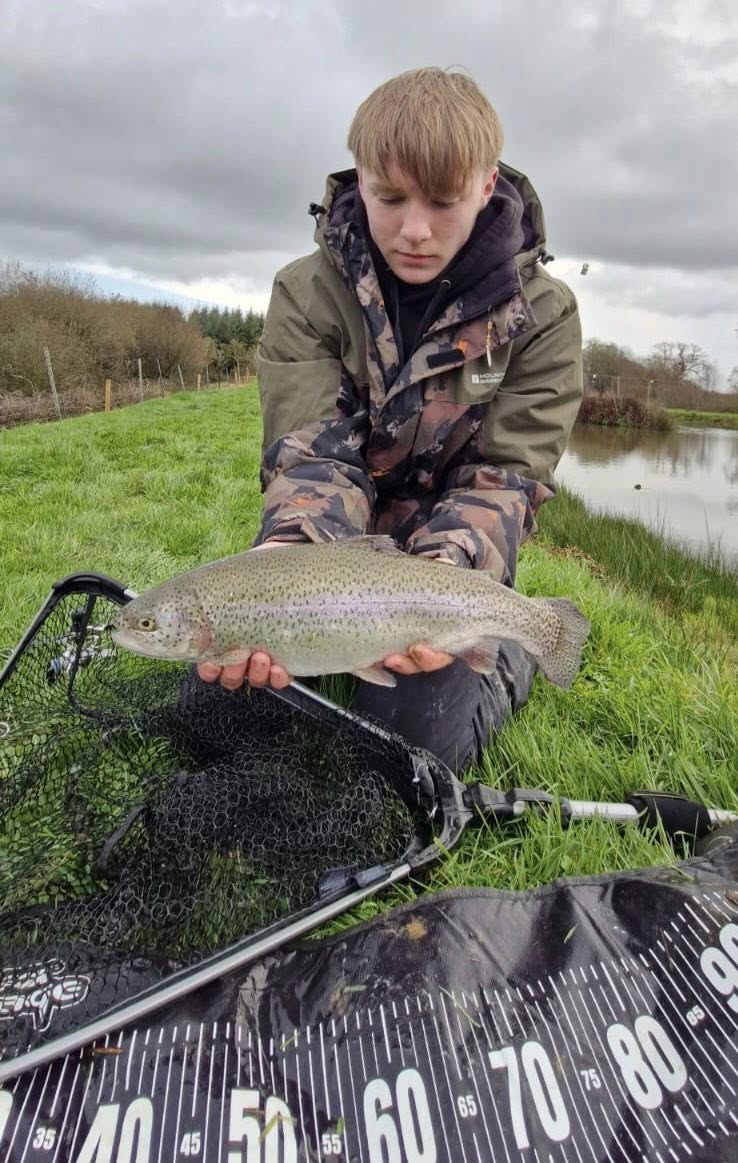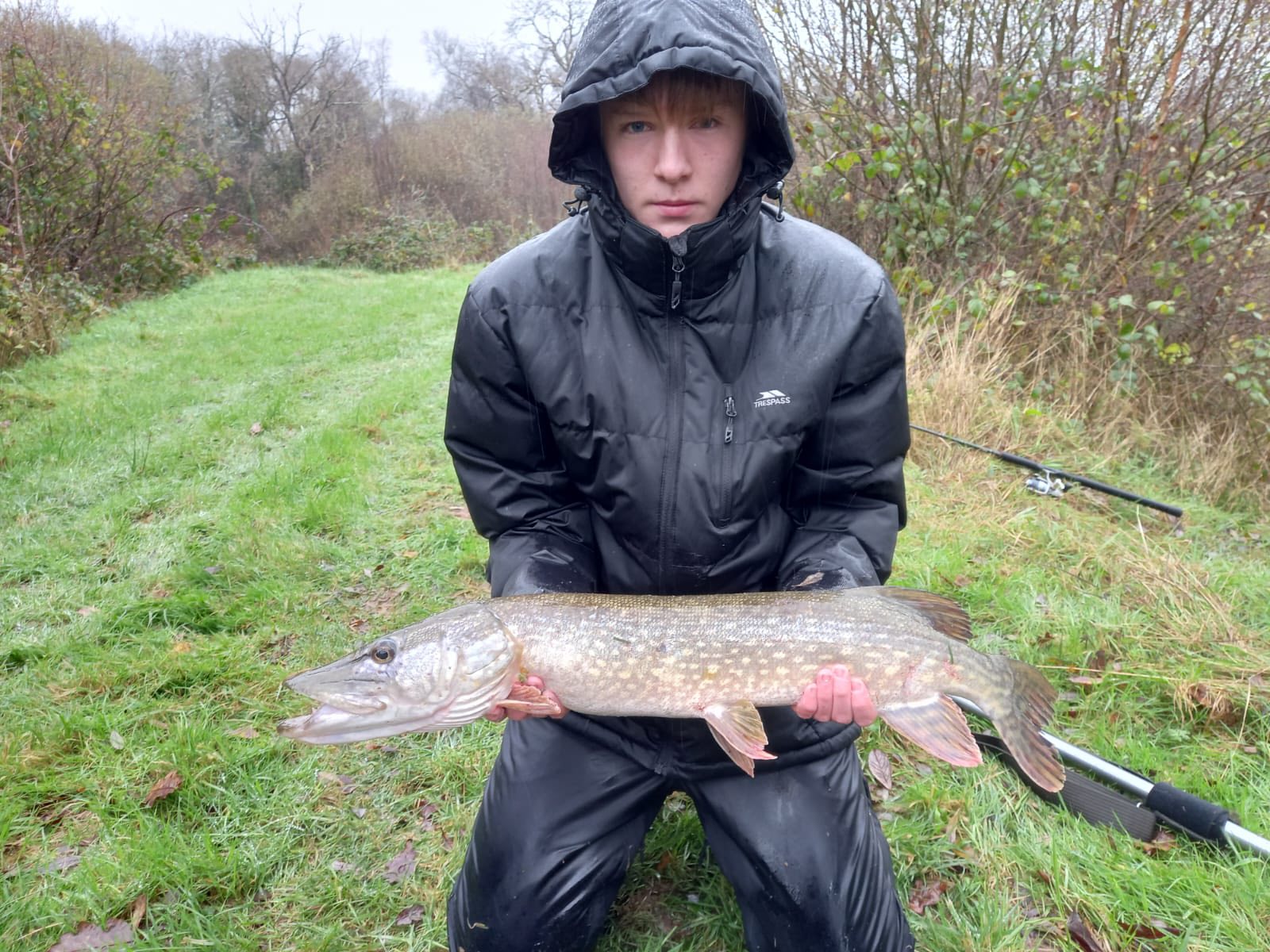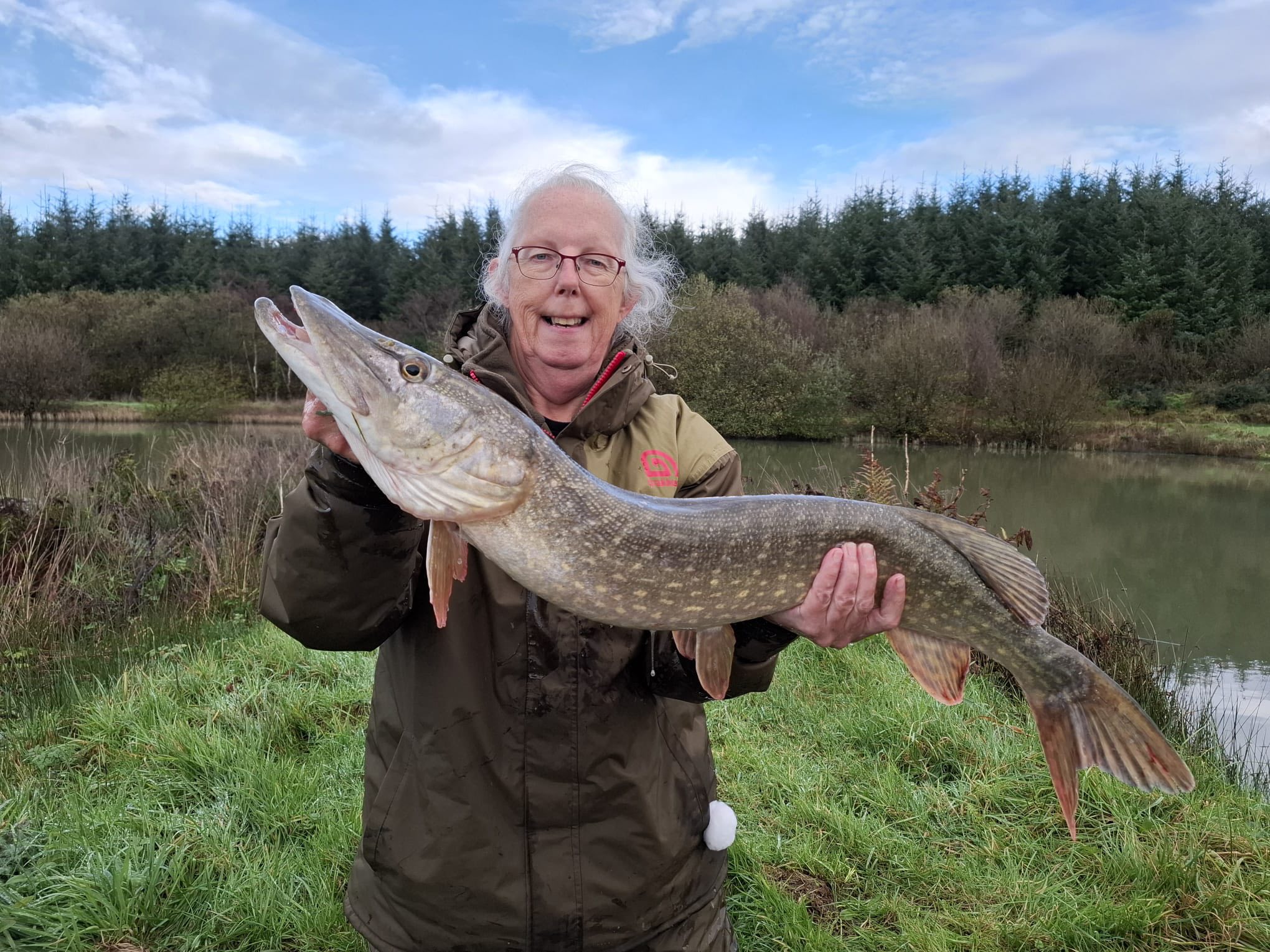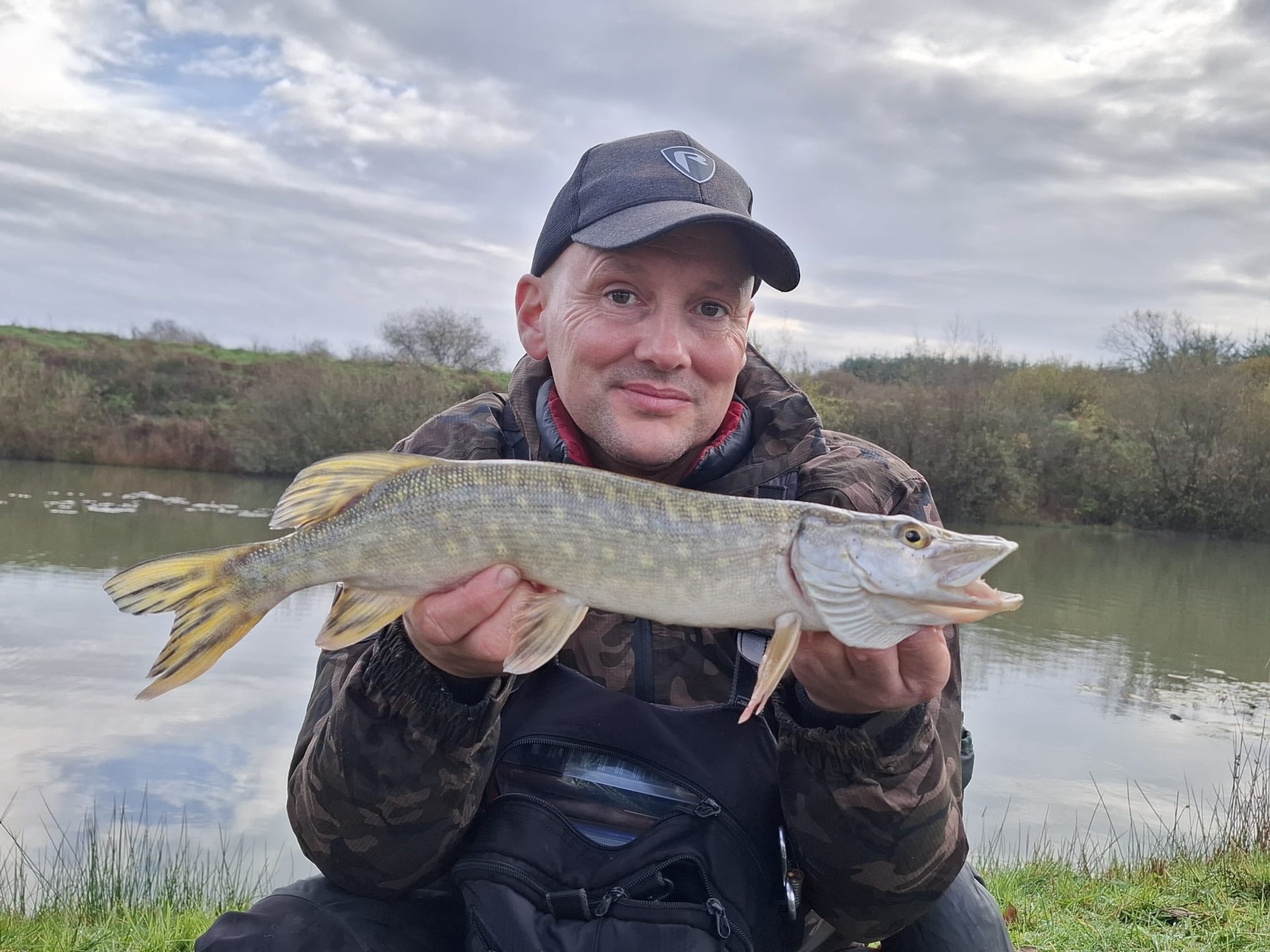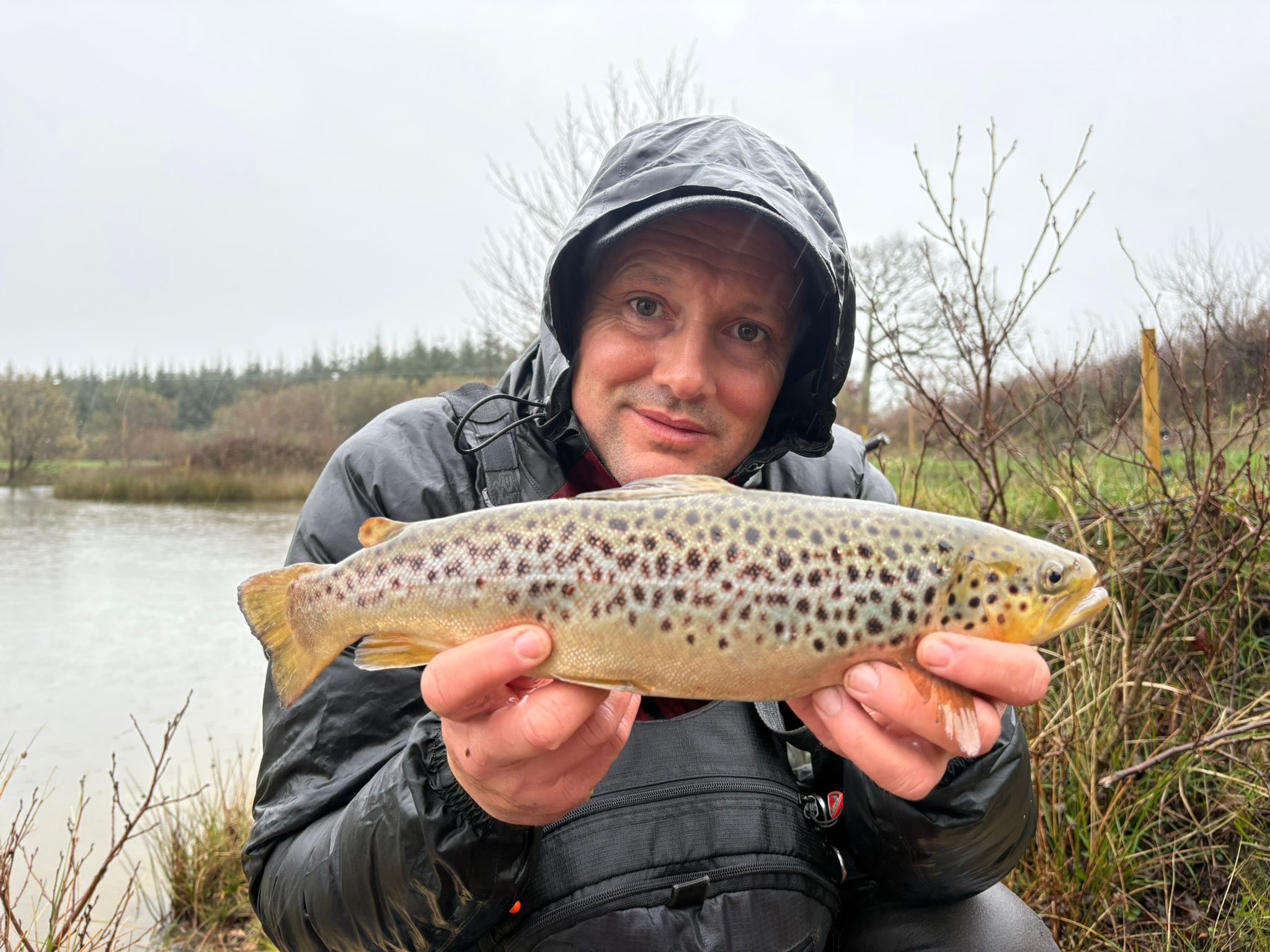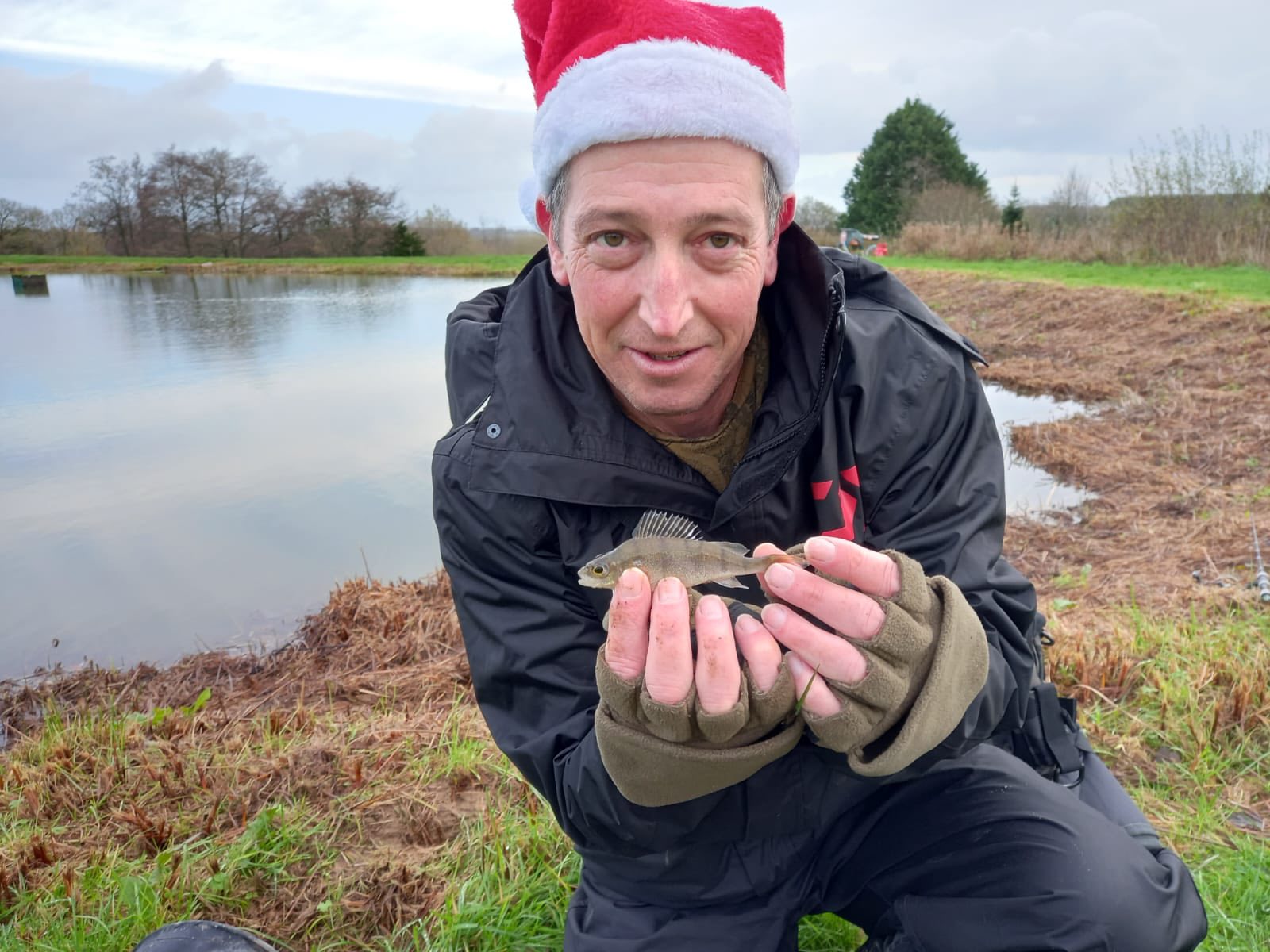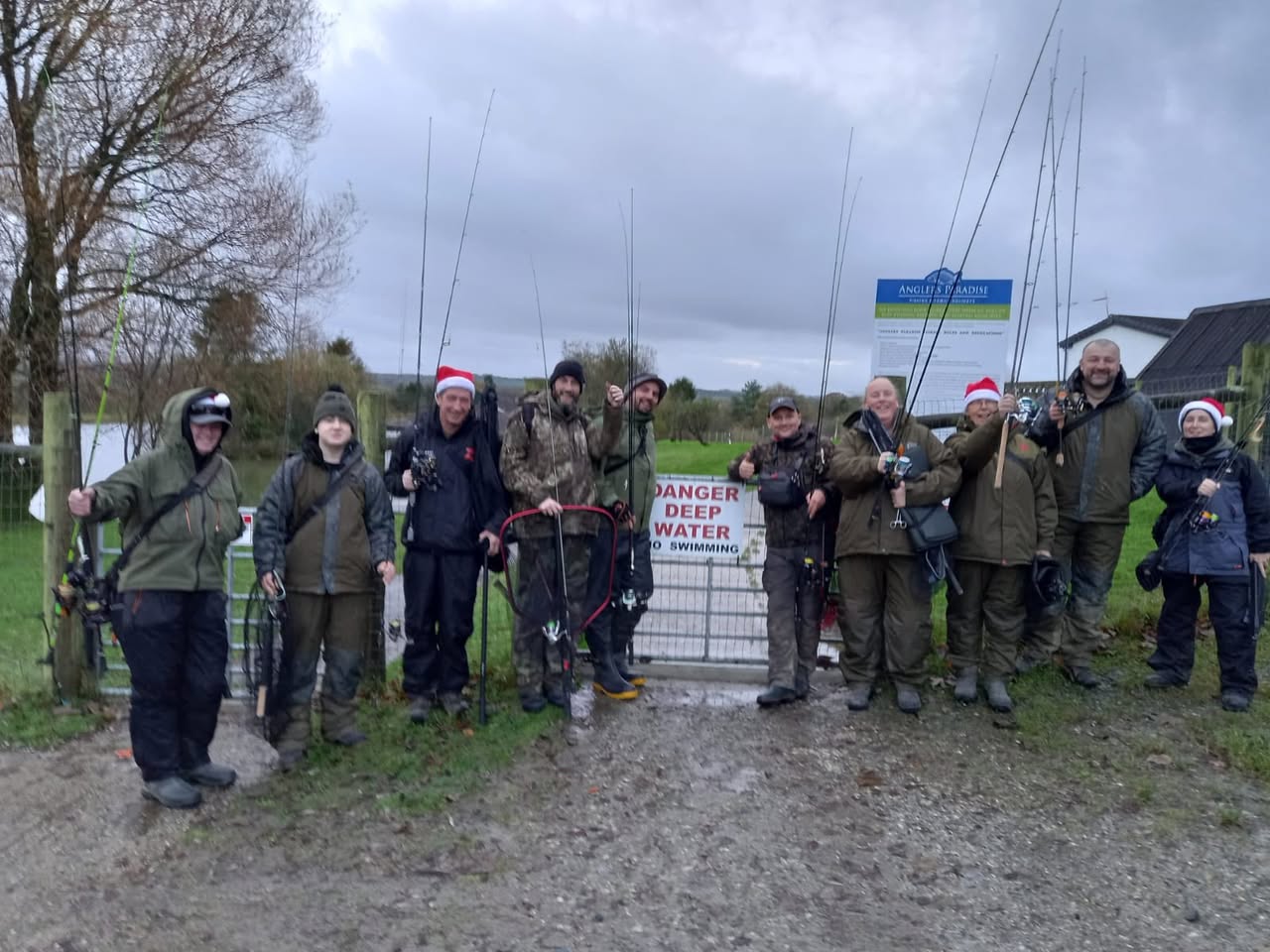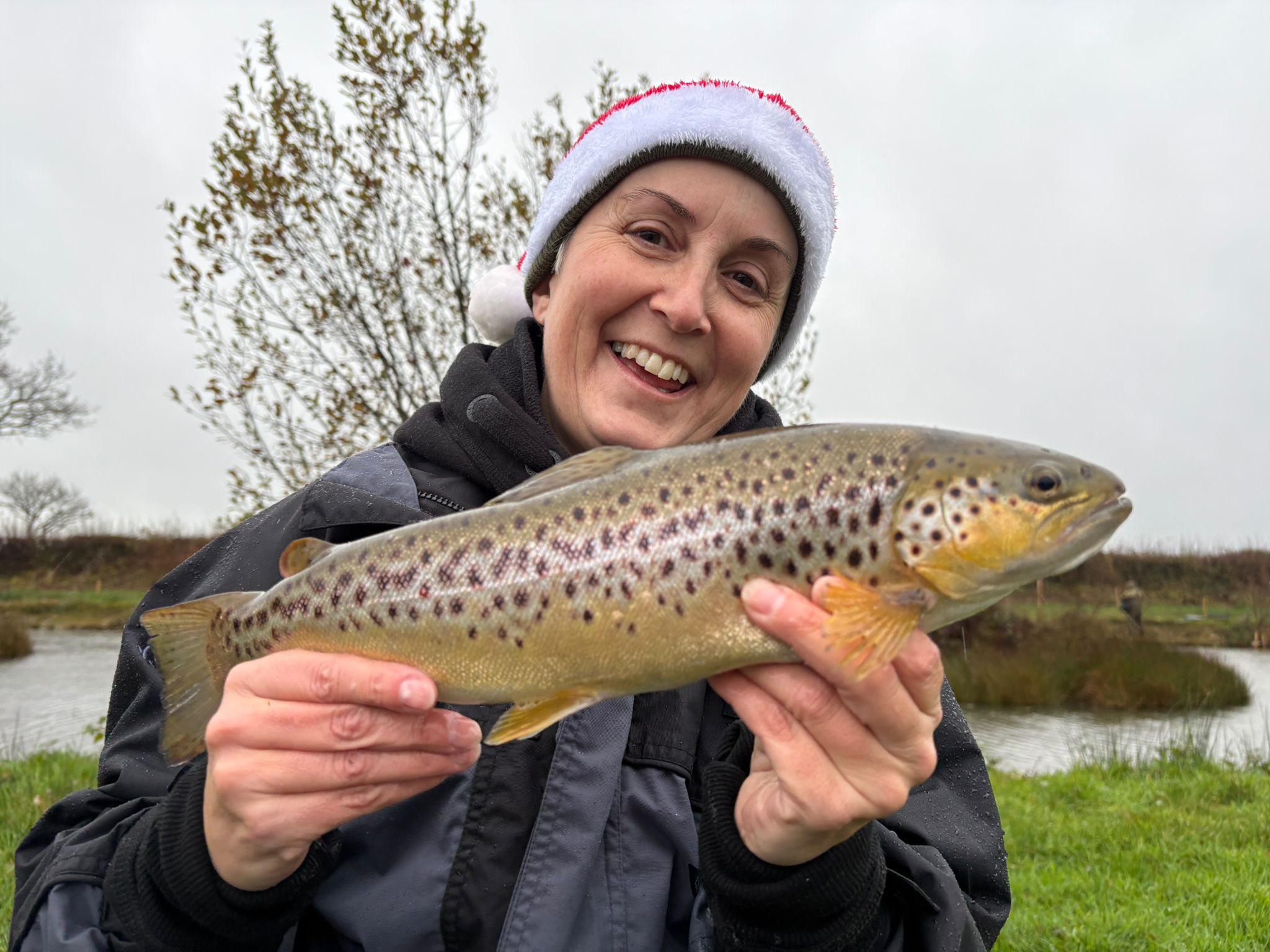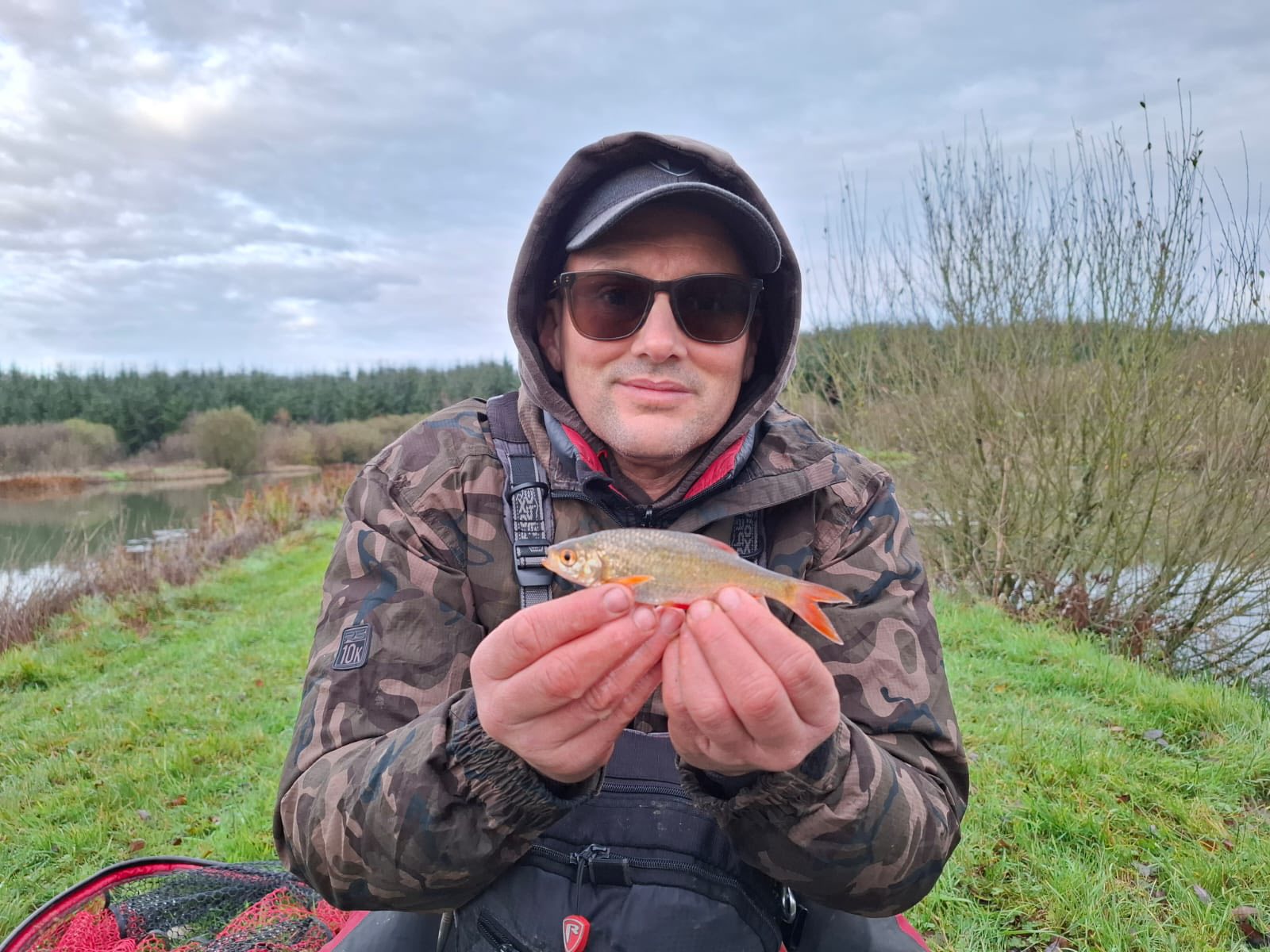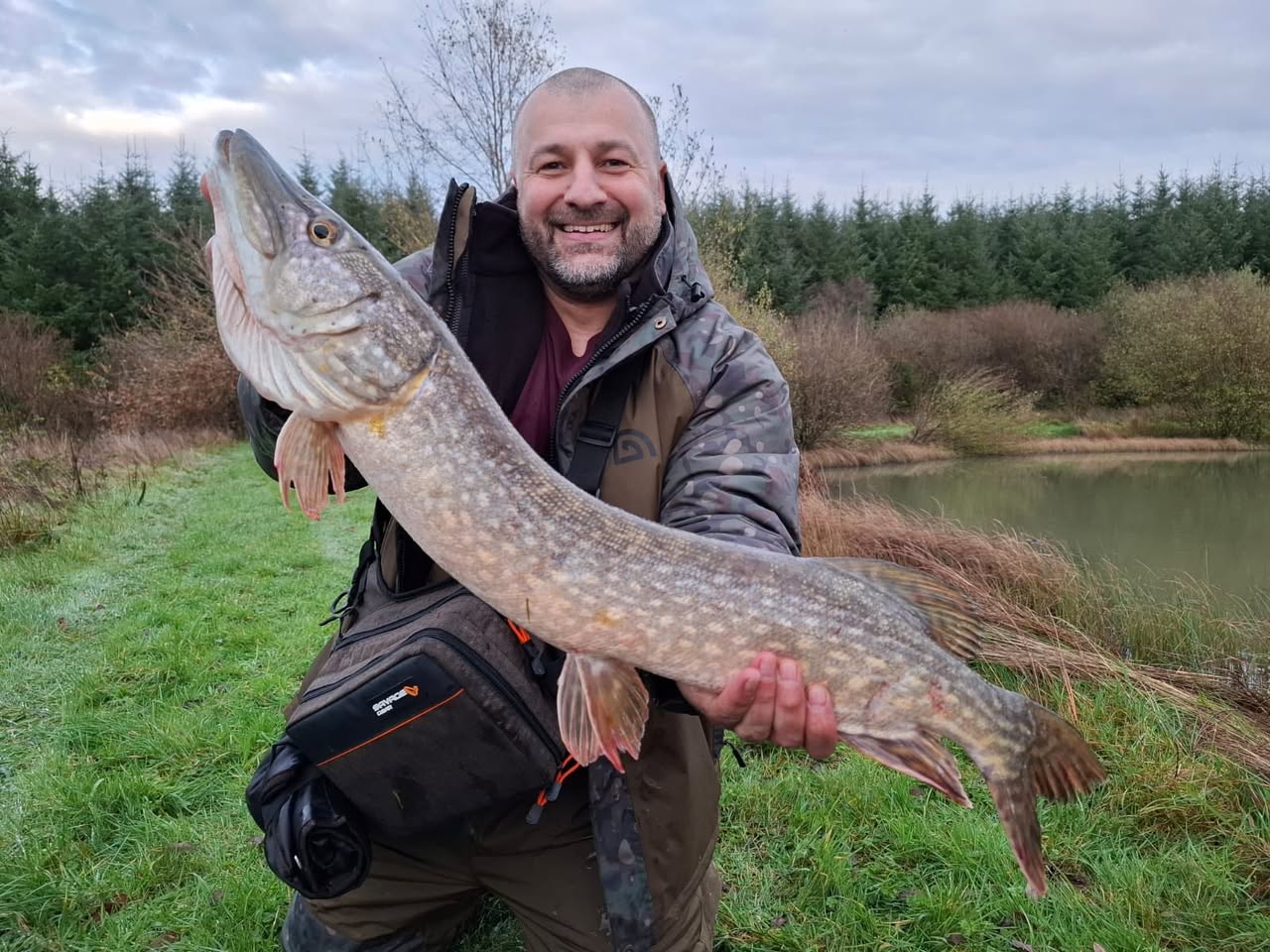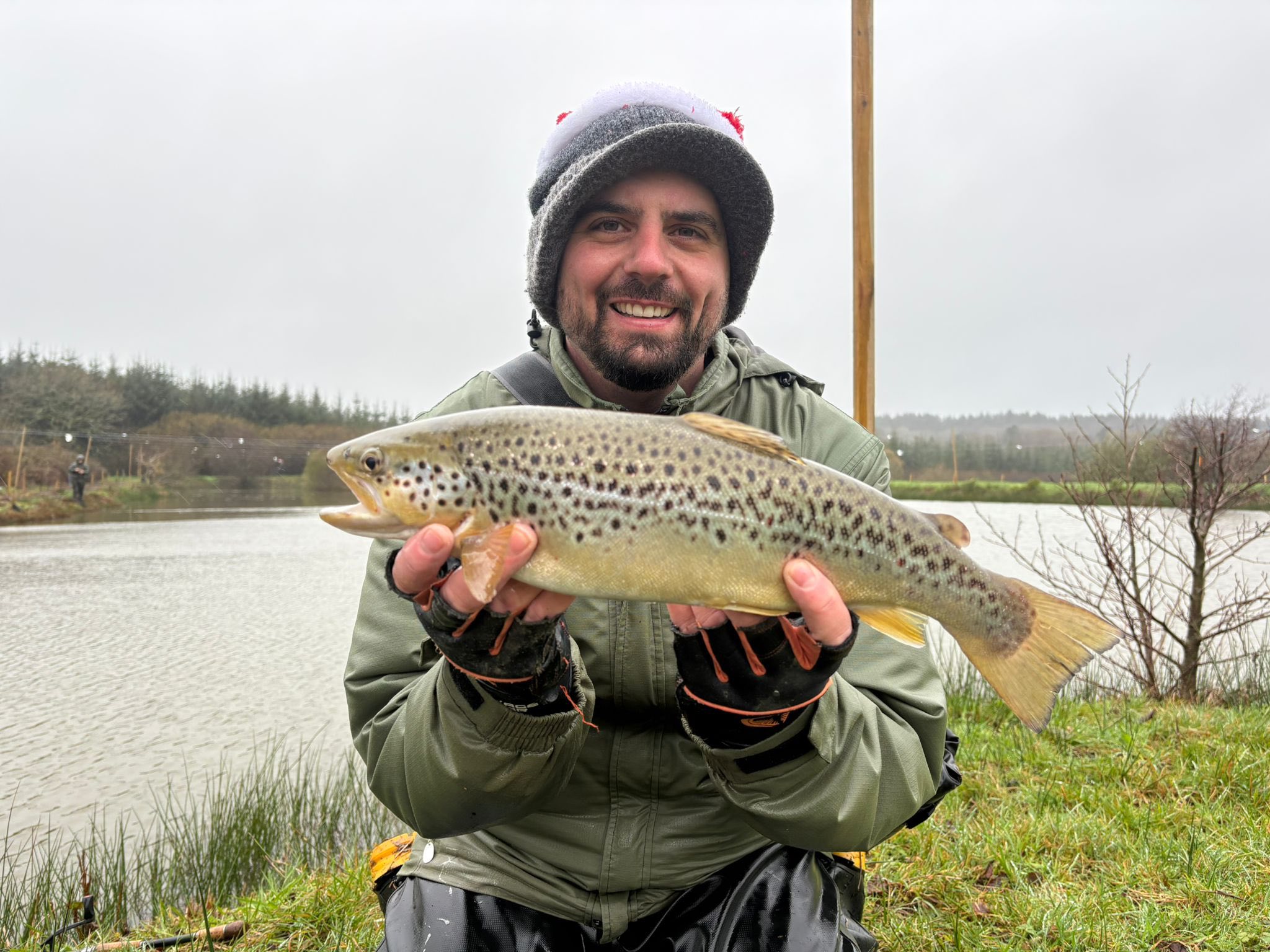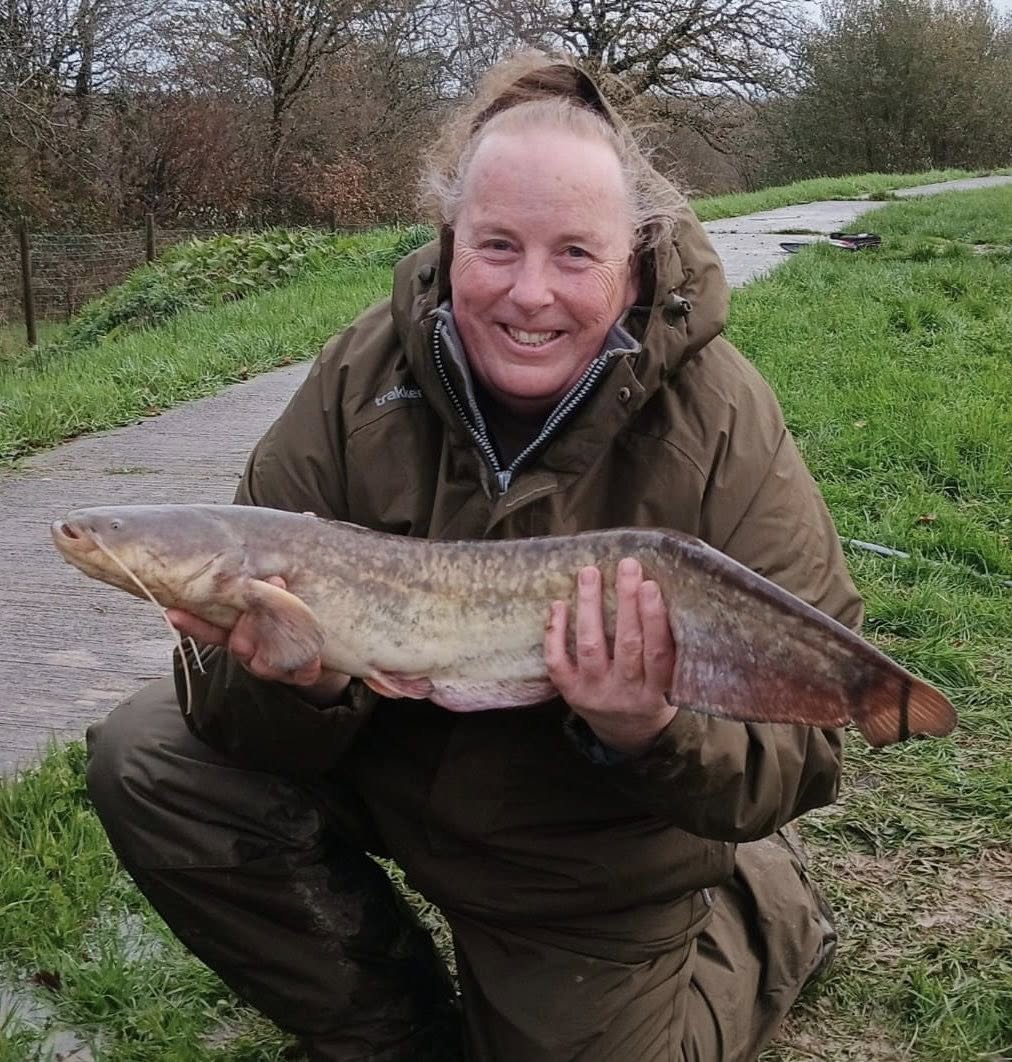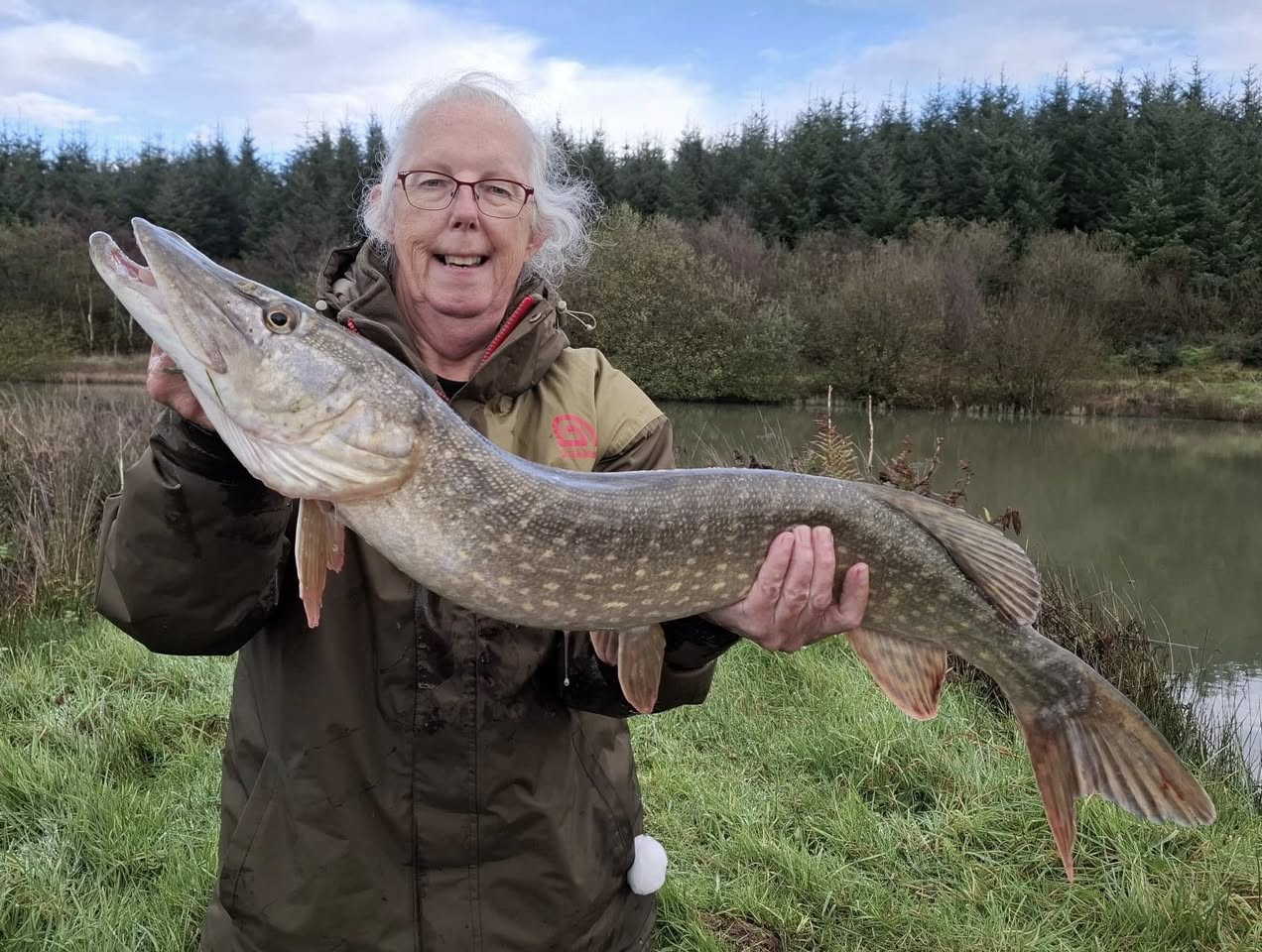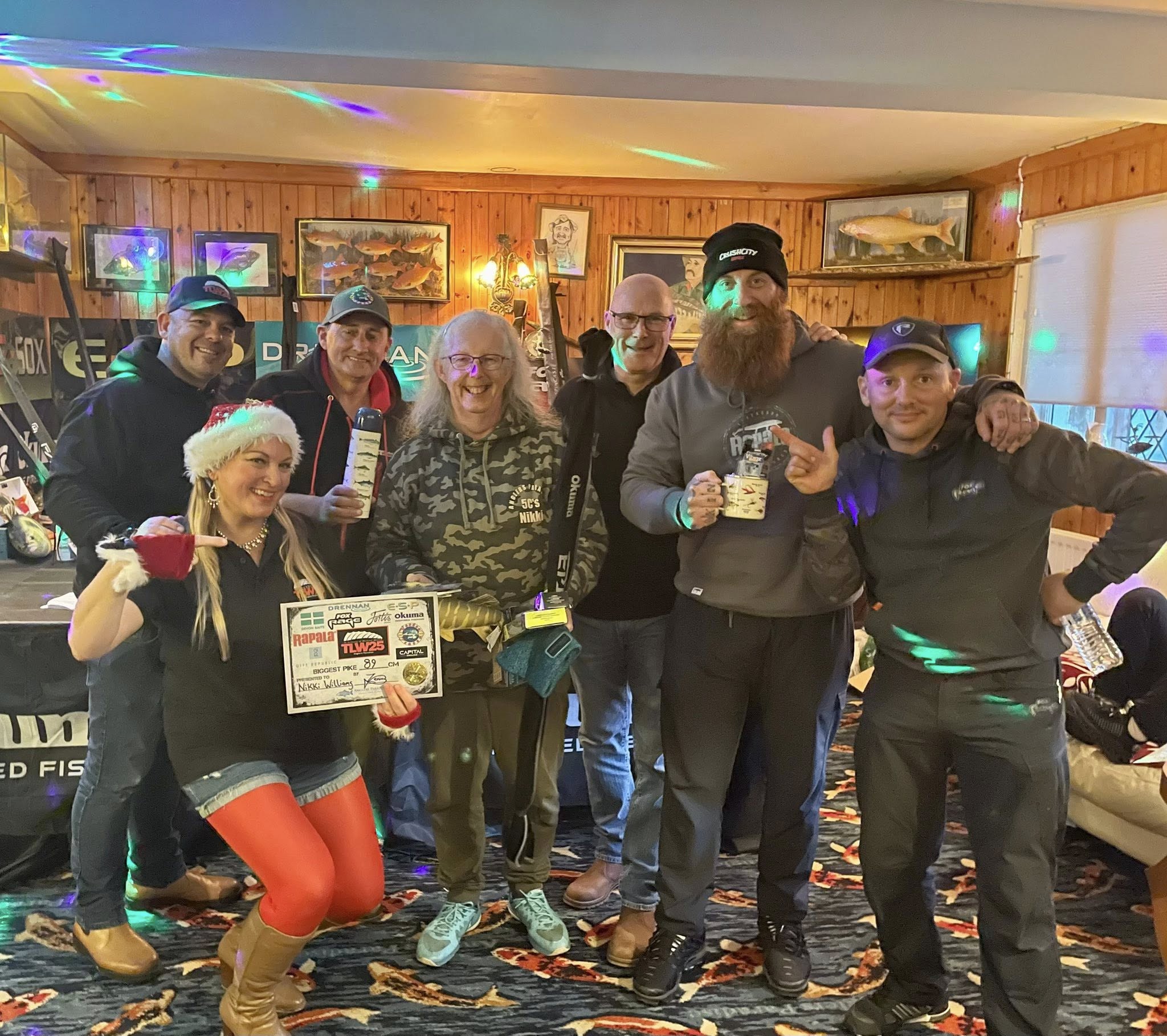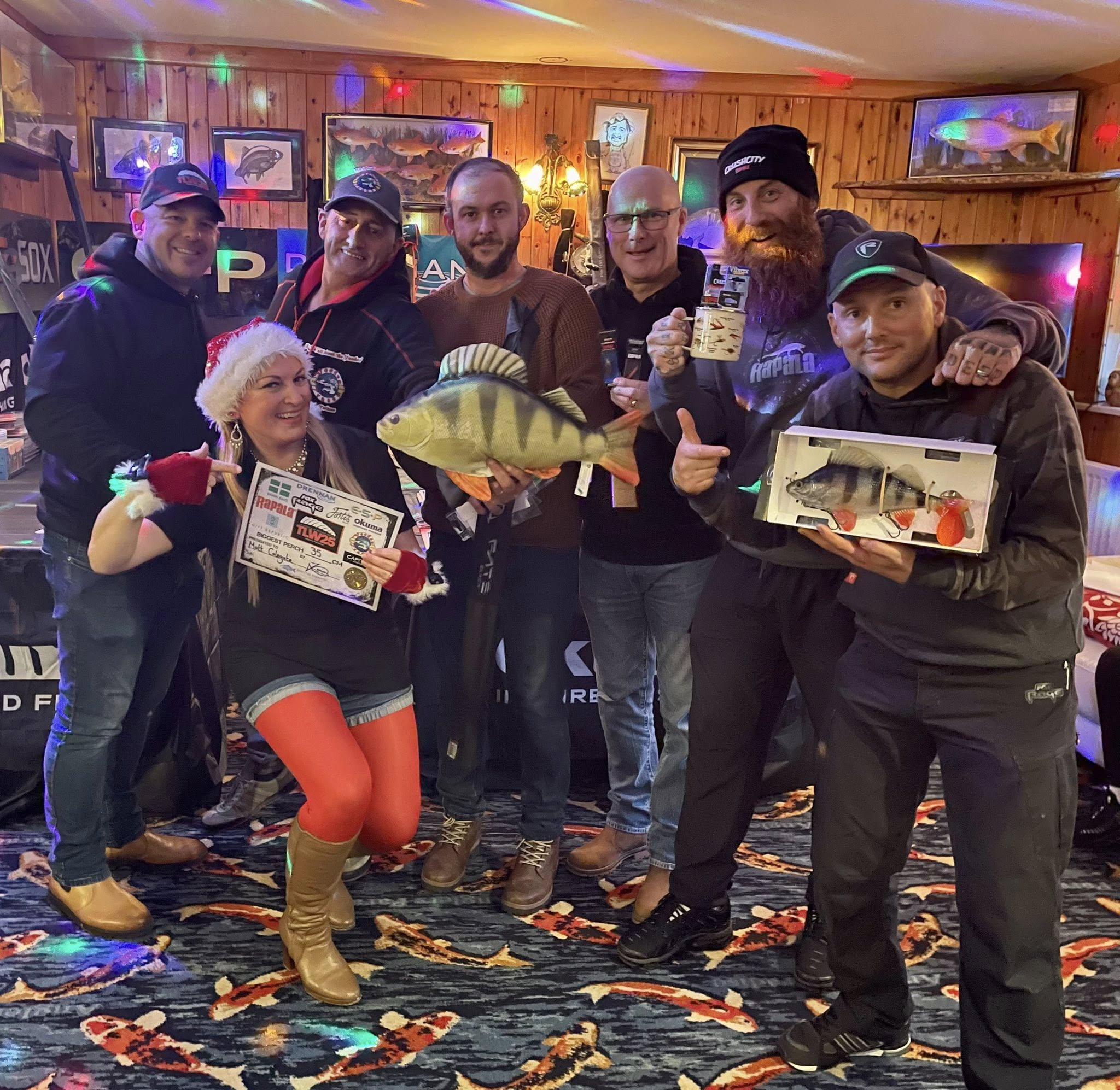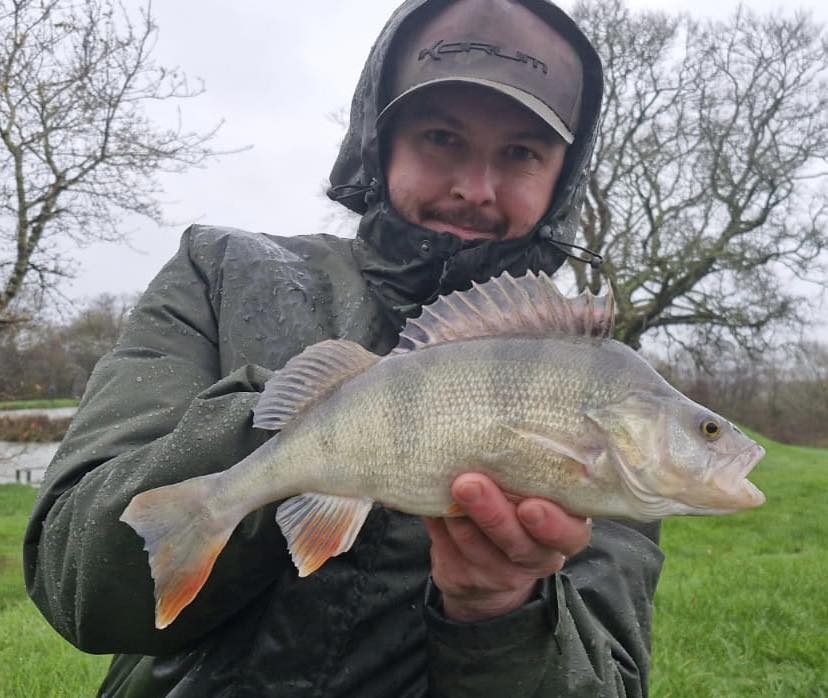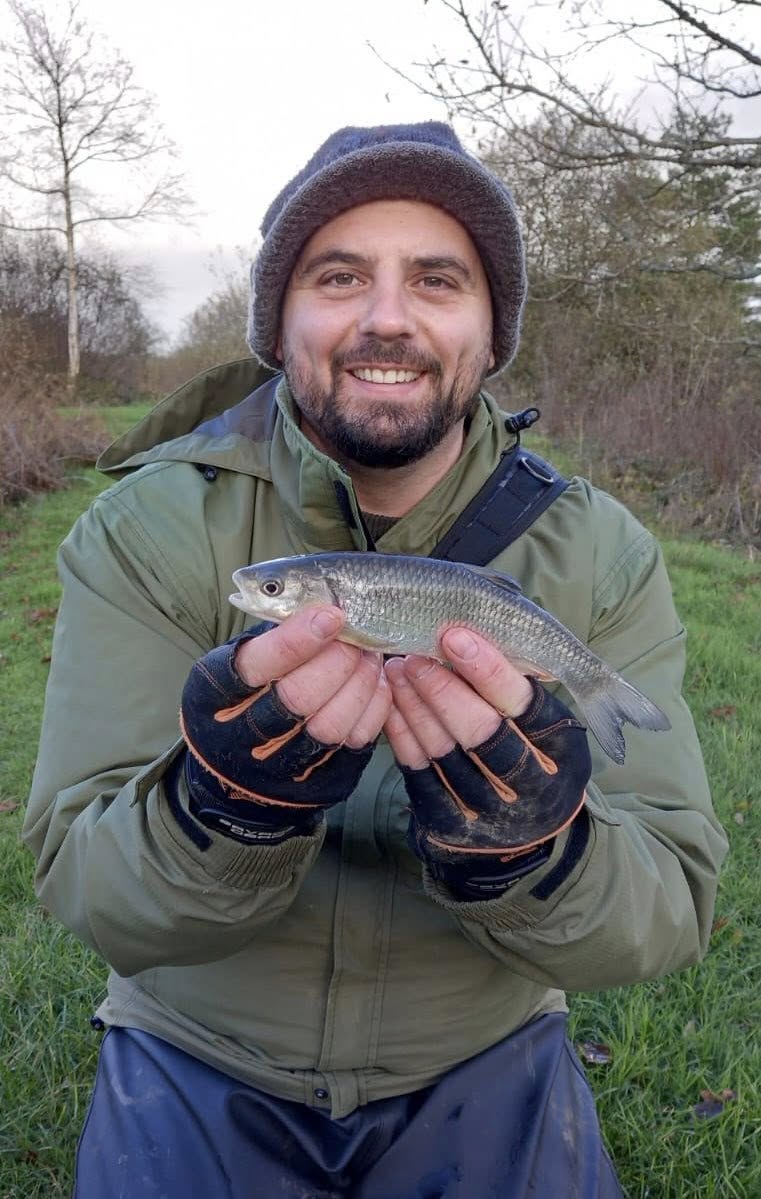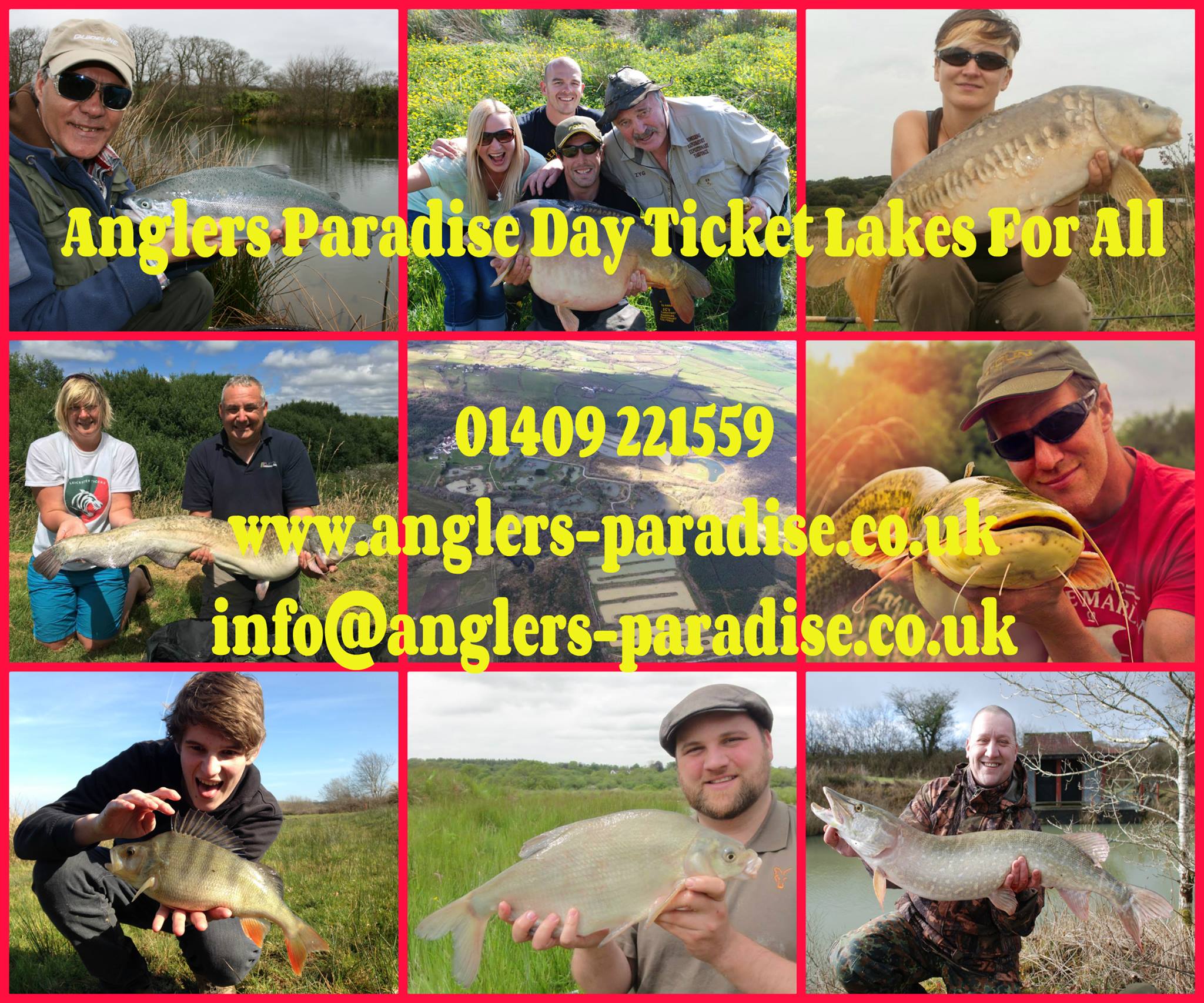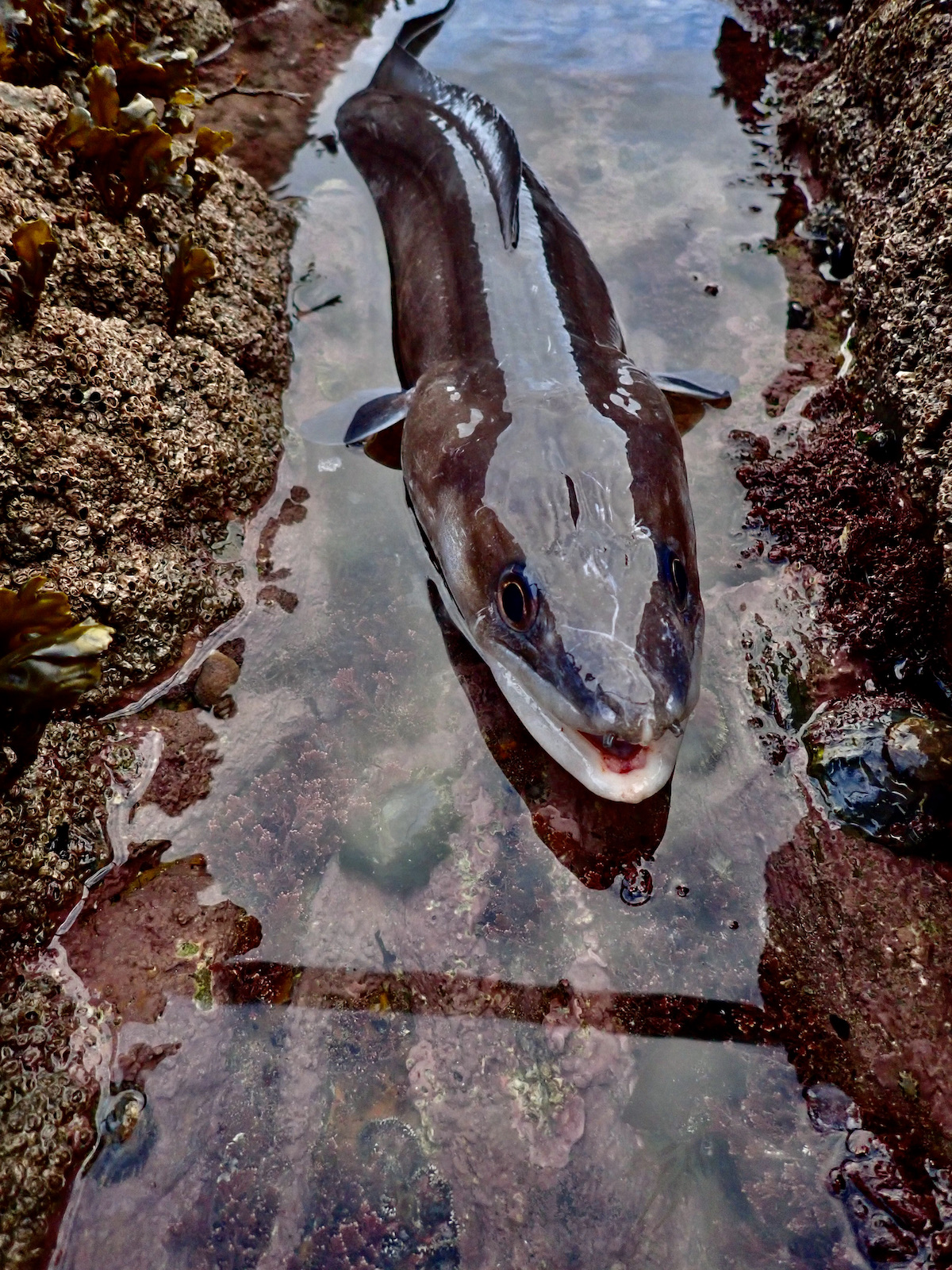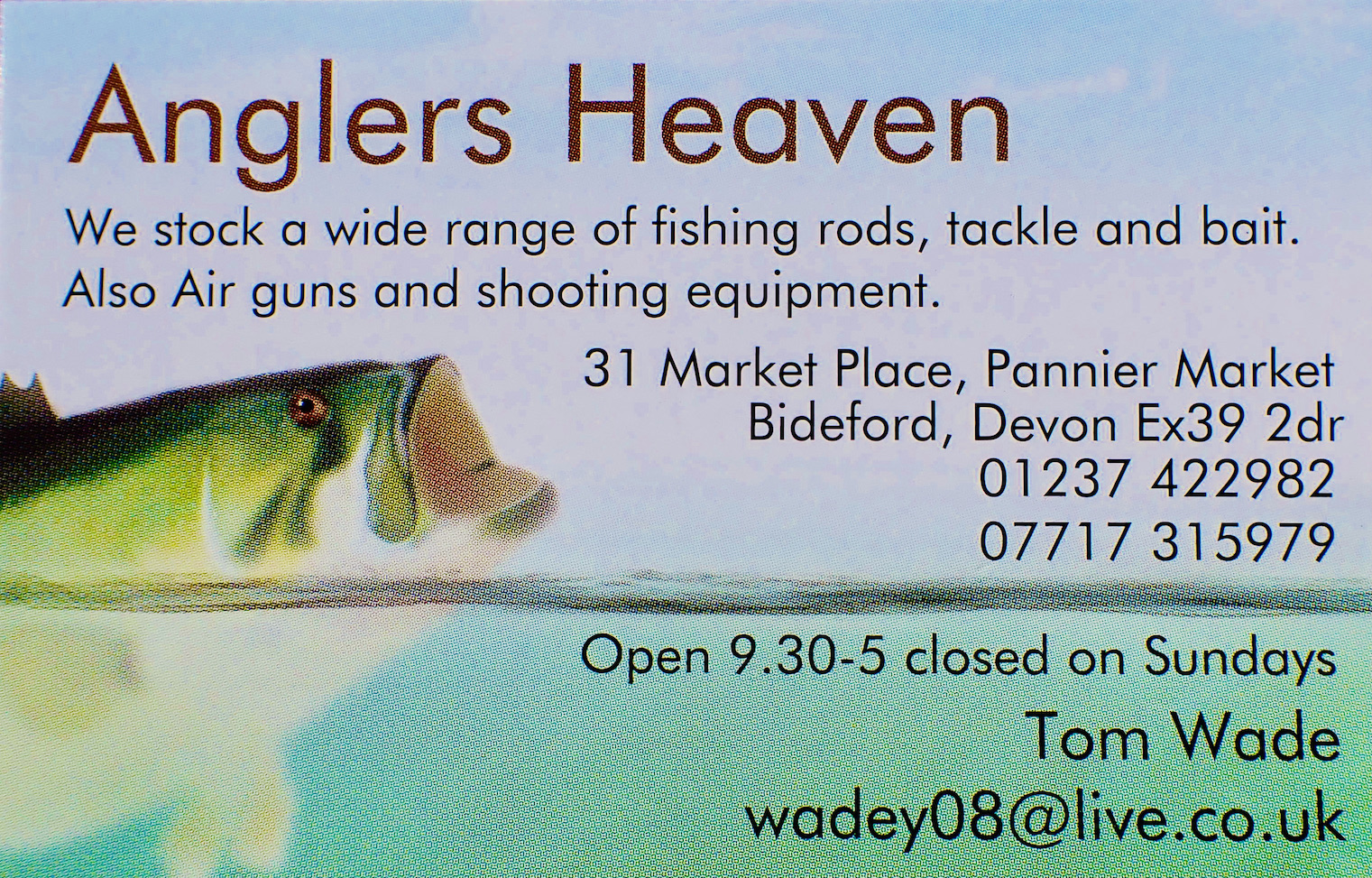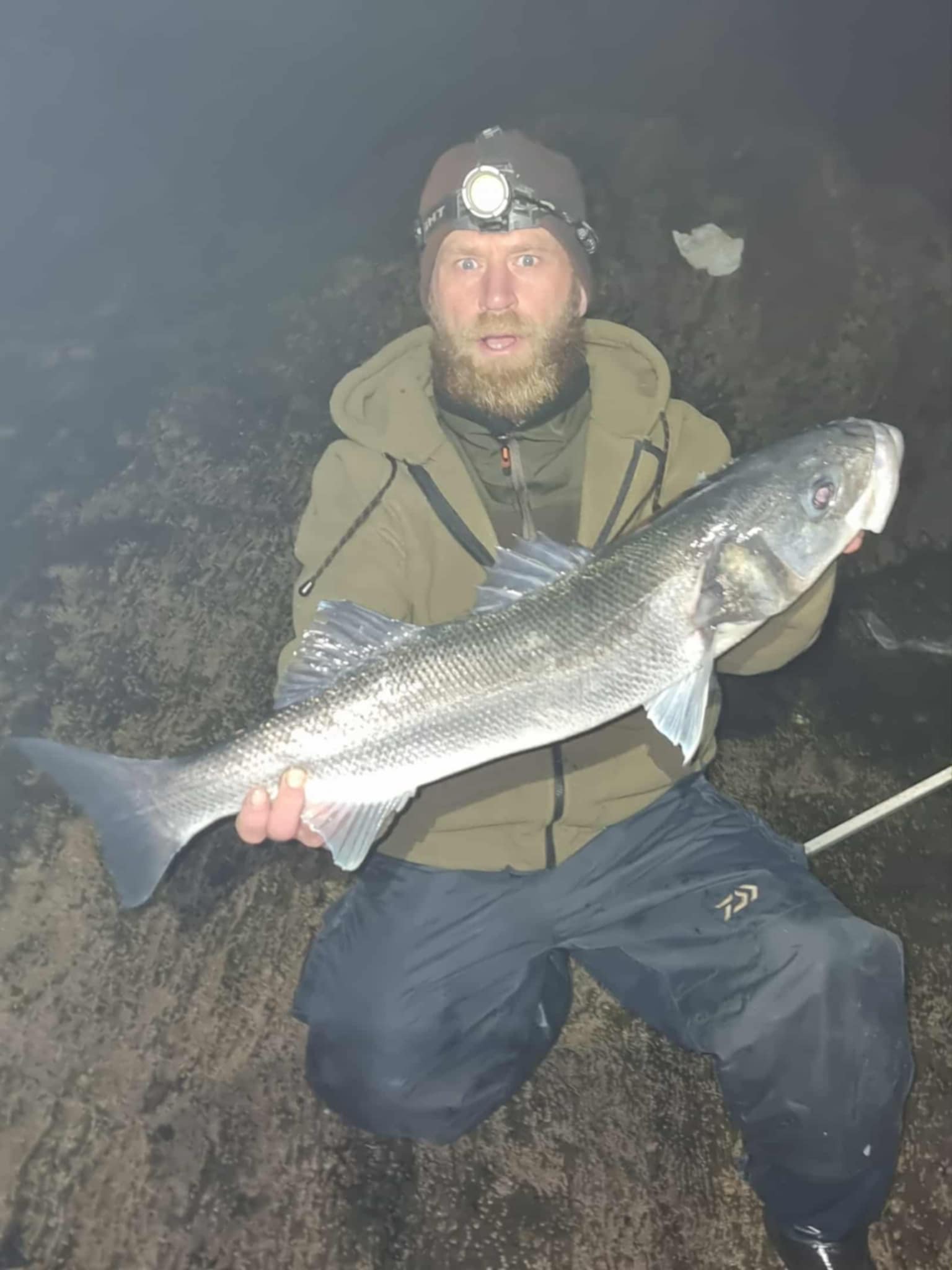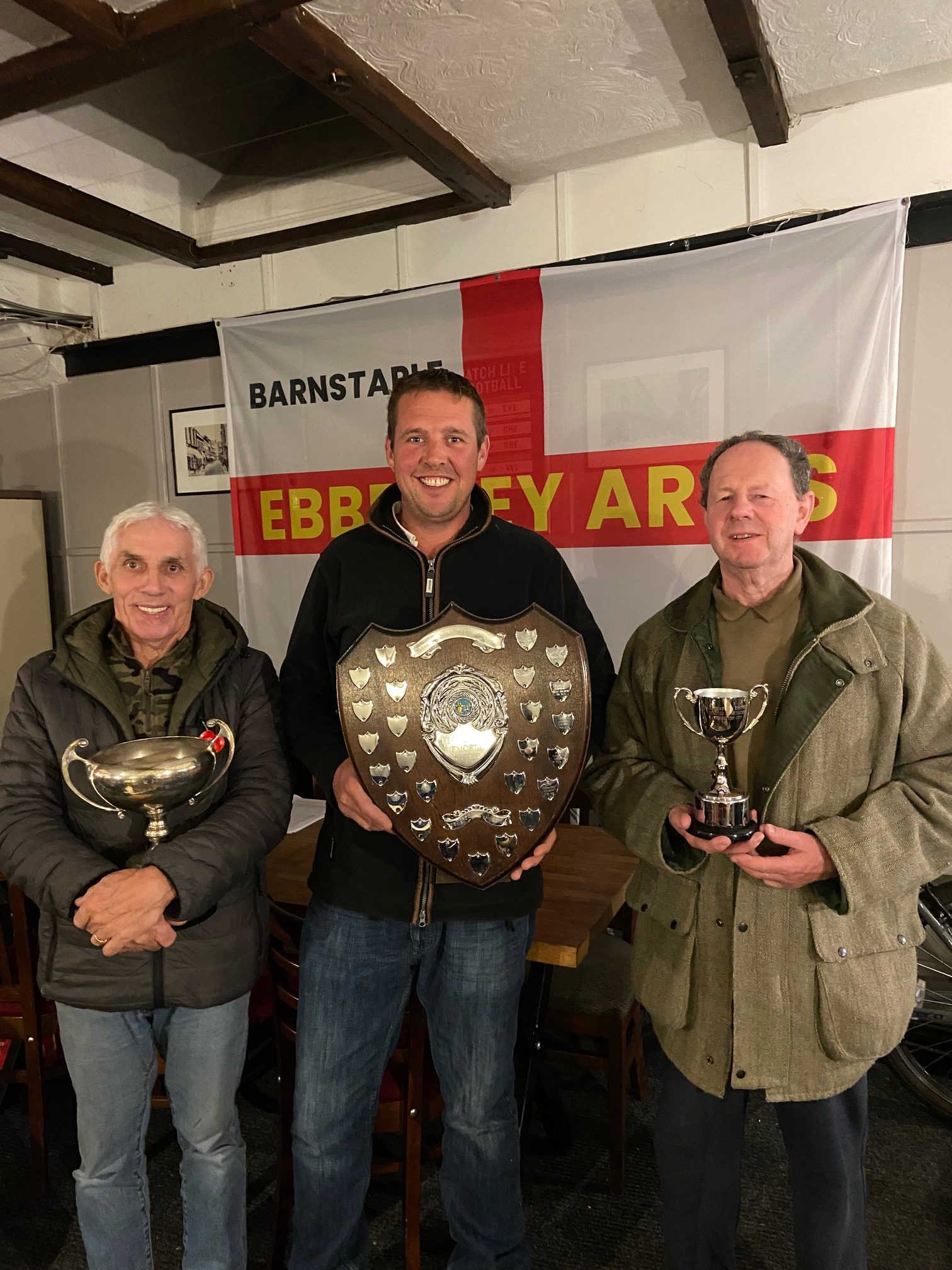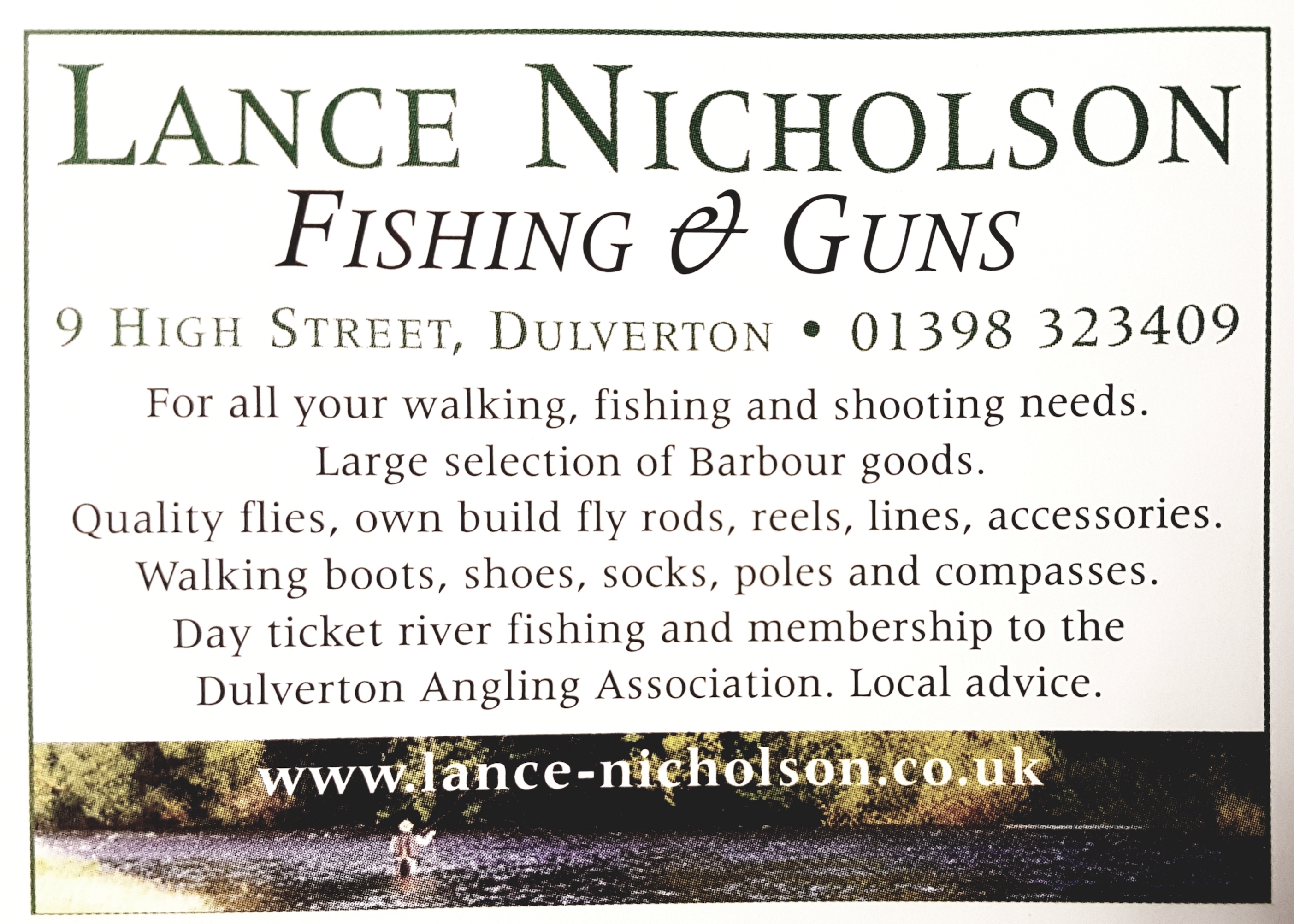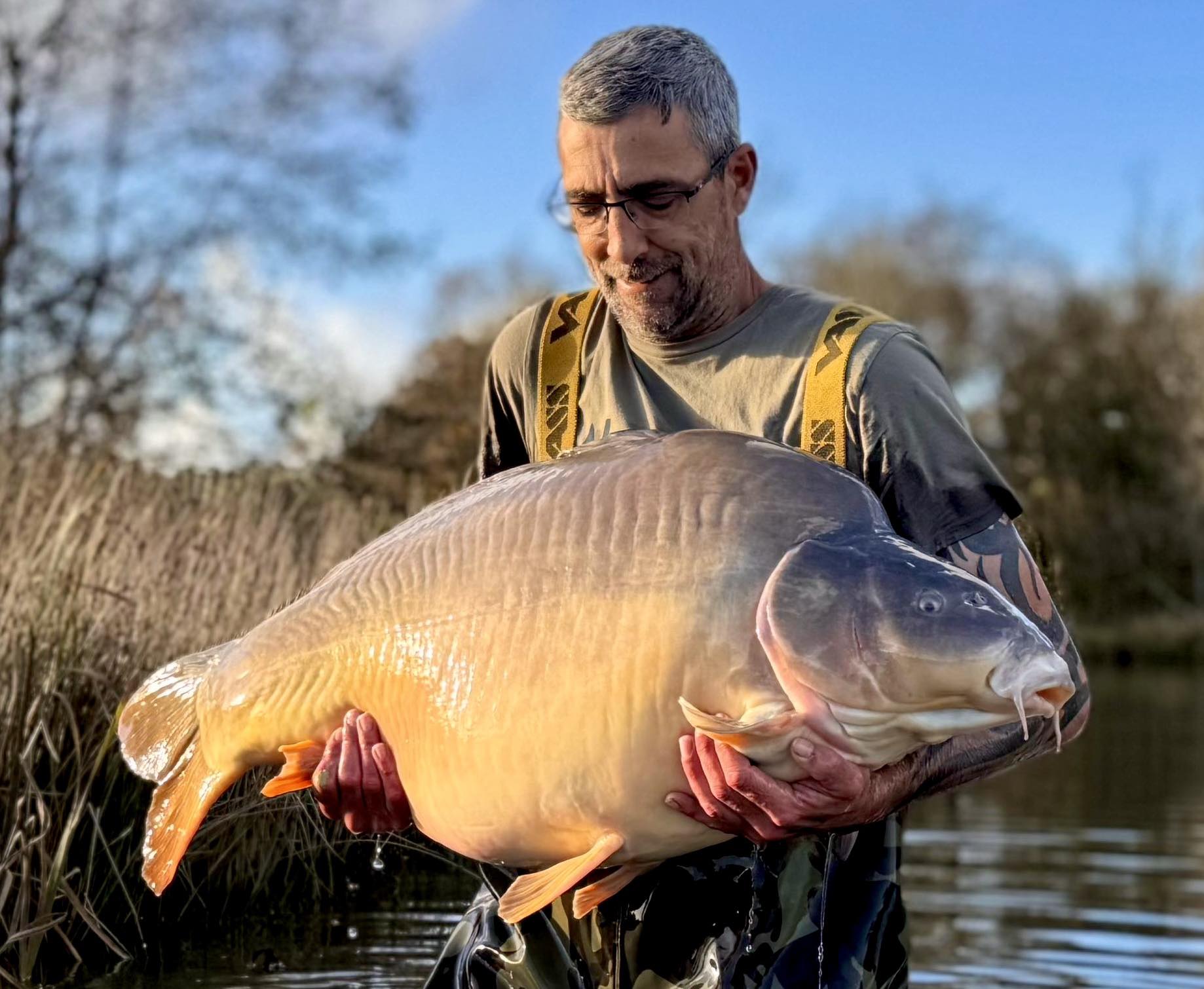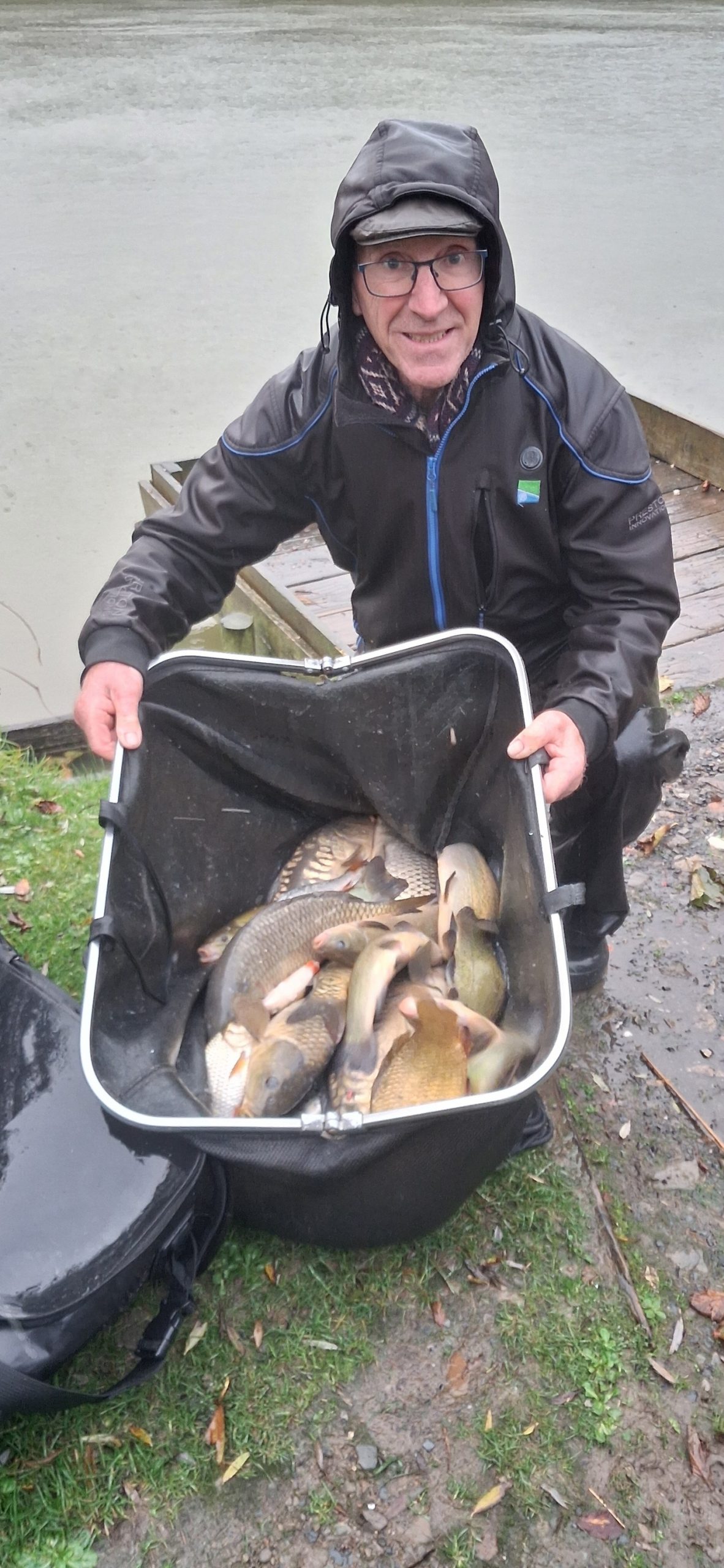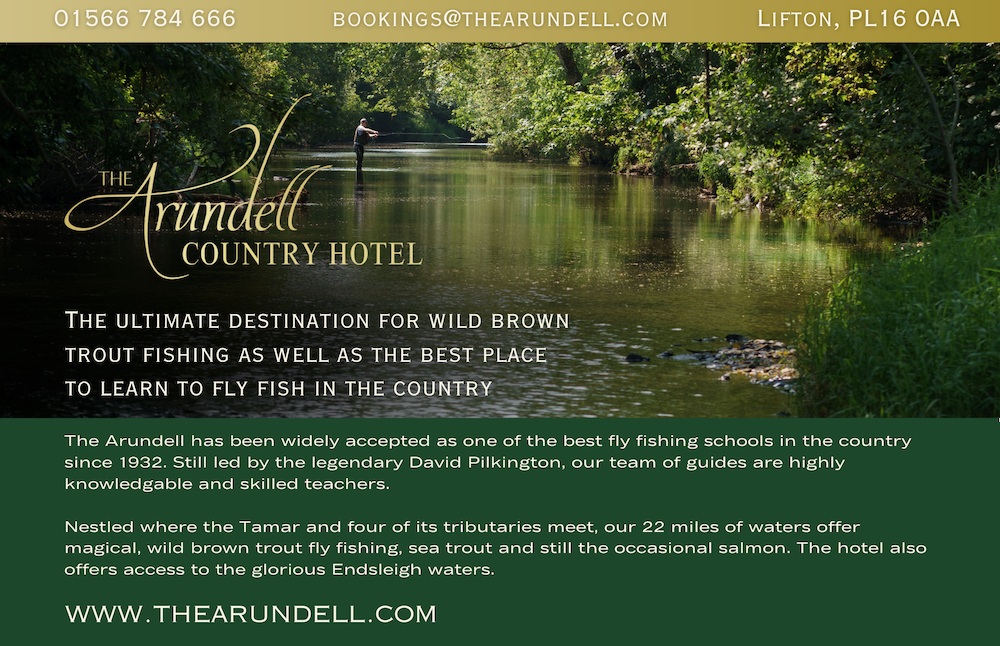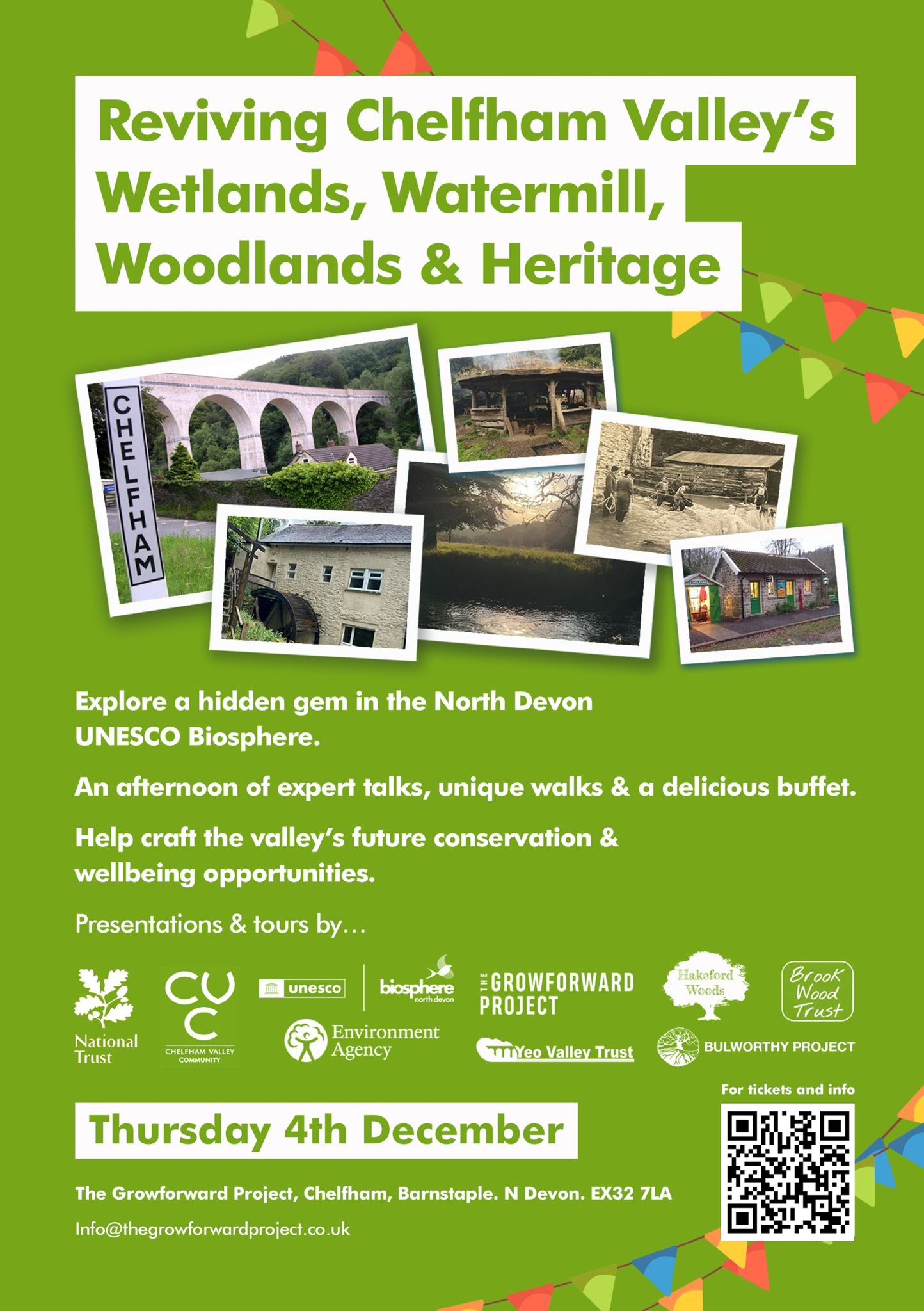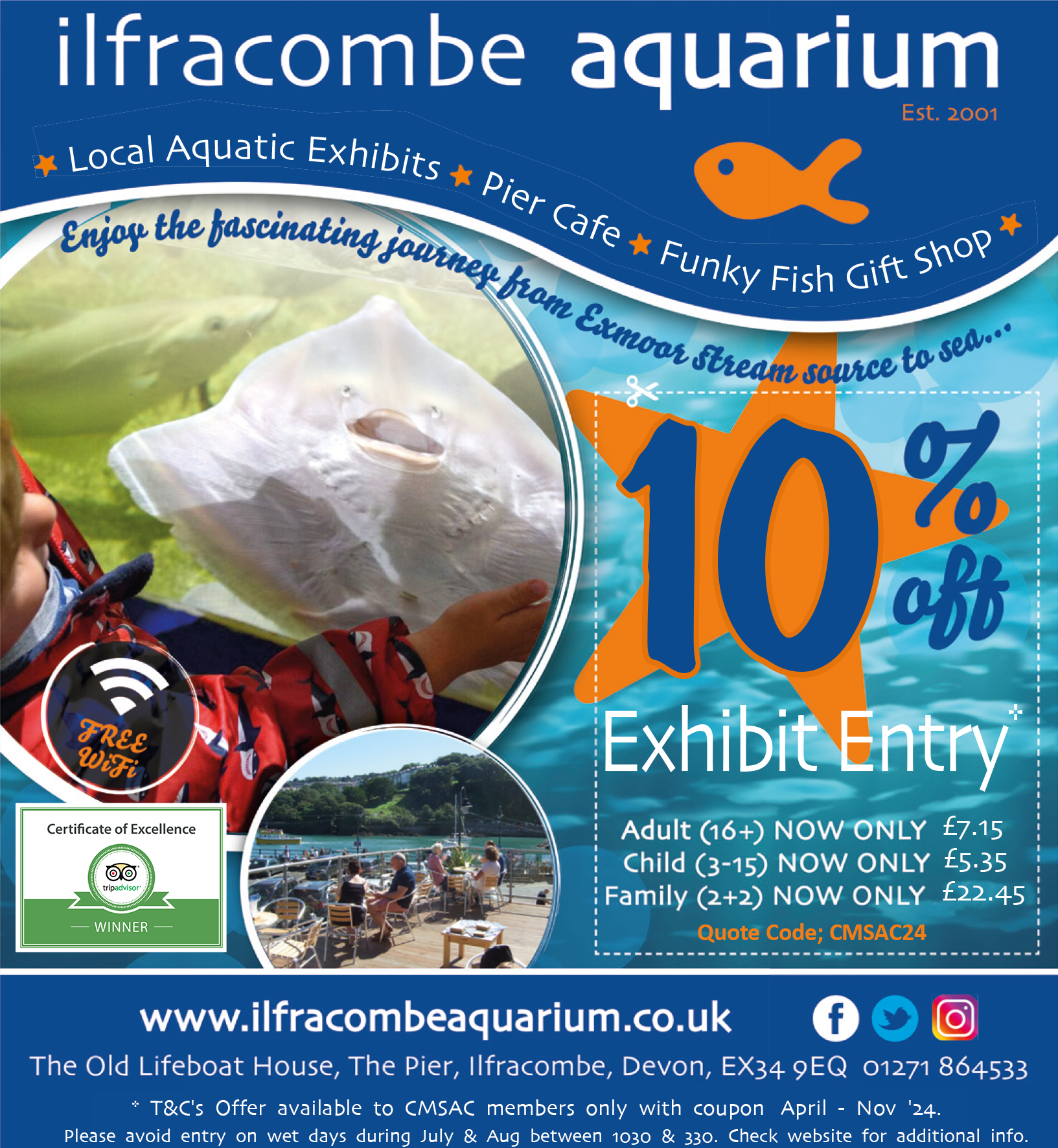
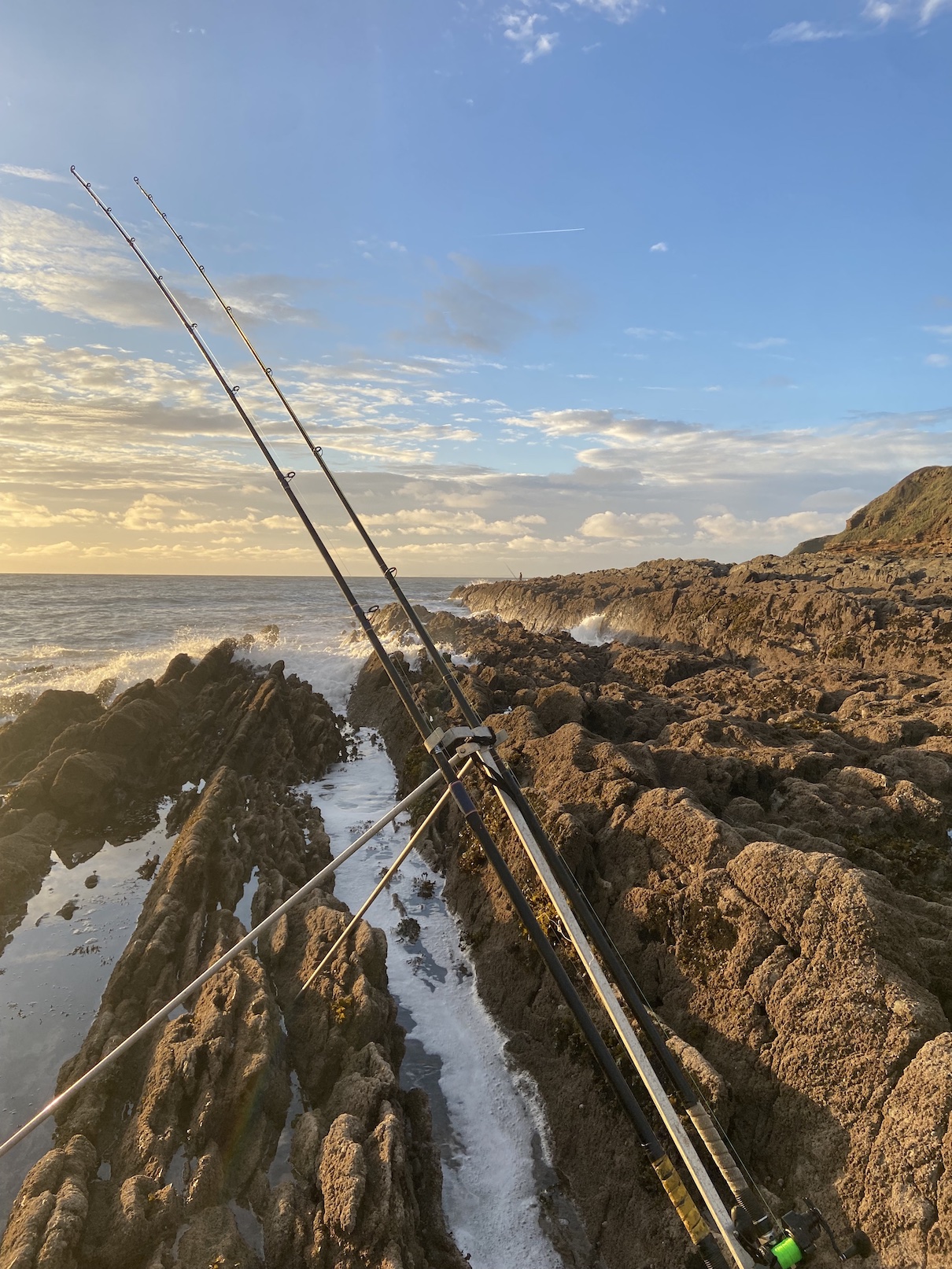
I fished a North Devon Rock mark with Combe Martin SAC secretary Nick Phillips it was due to be a club competition but we were the only two members fishing and in the circumstances decided to just enjoy an afternoons fishing.

 http://www.highstreettackle.co.uk
http://www.highstreettackle.co.uk
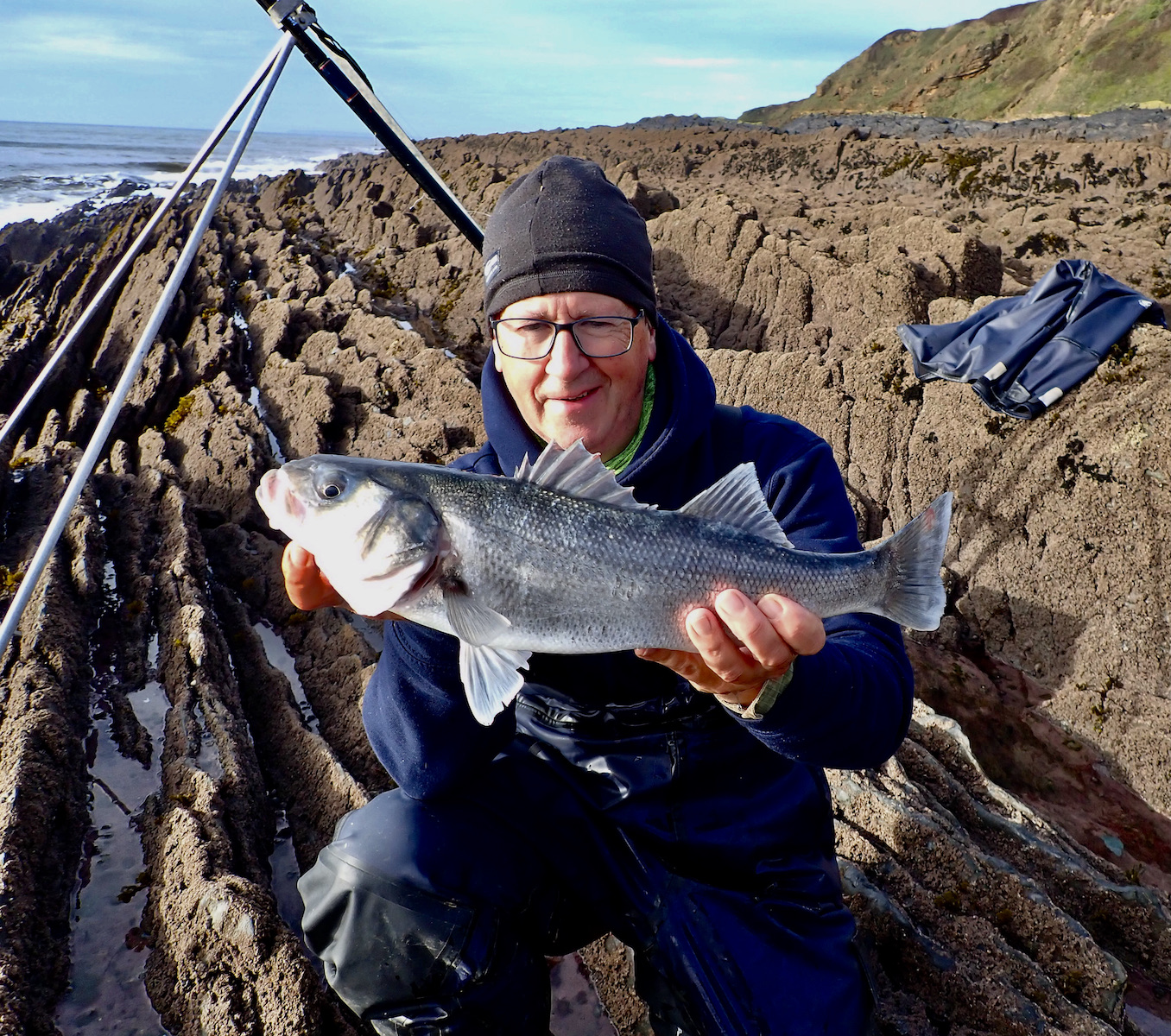
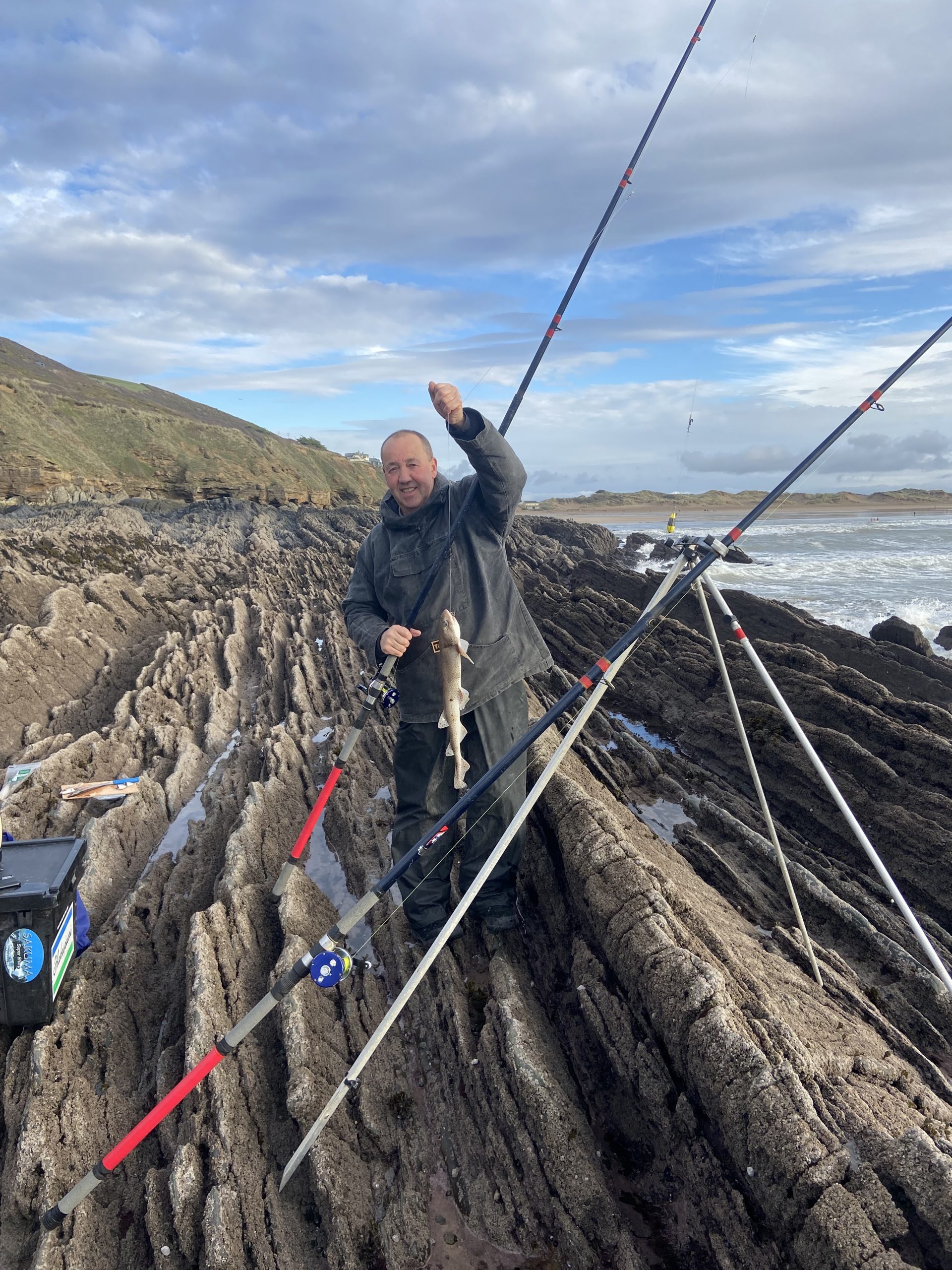
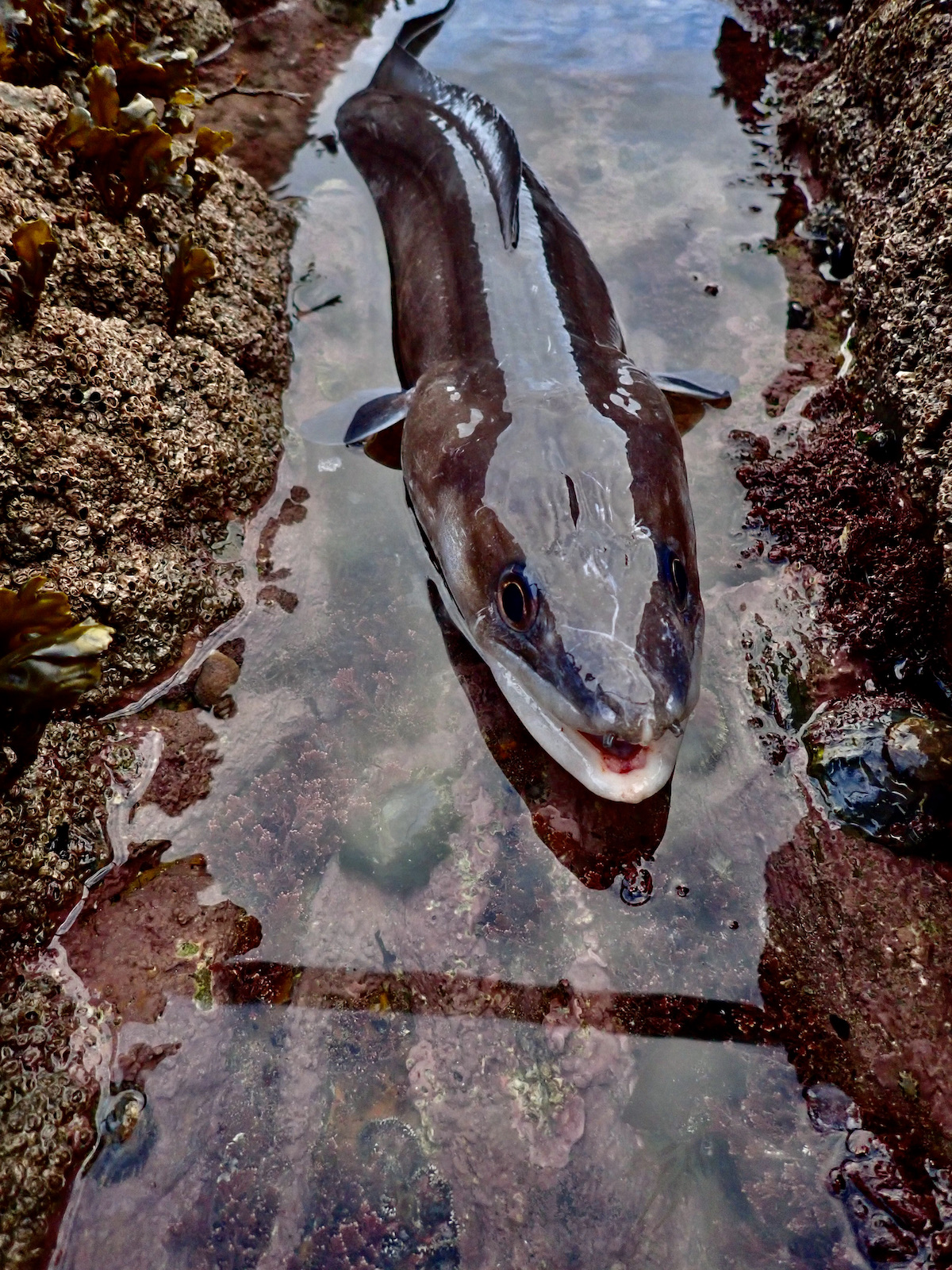
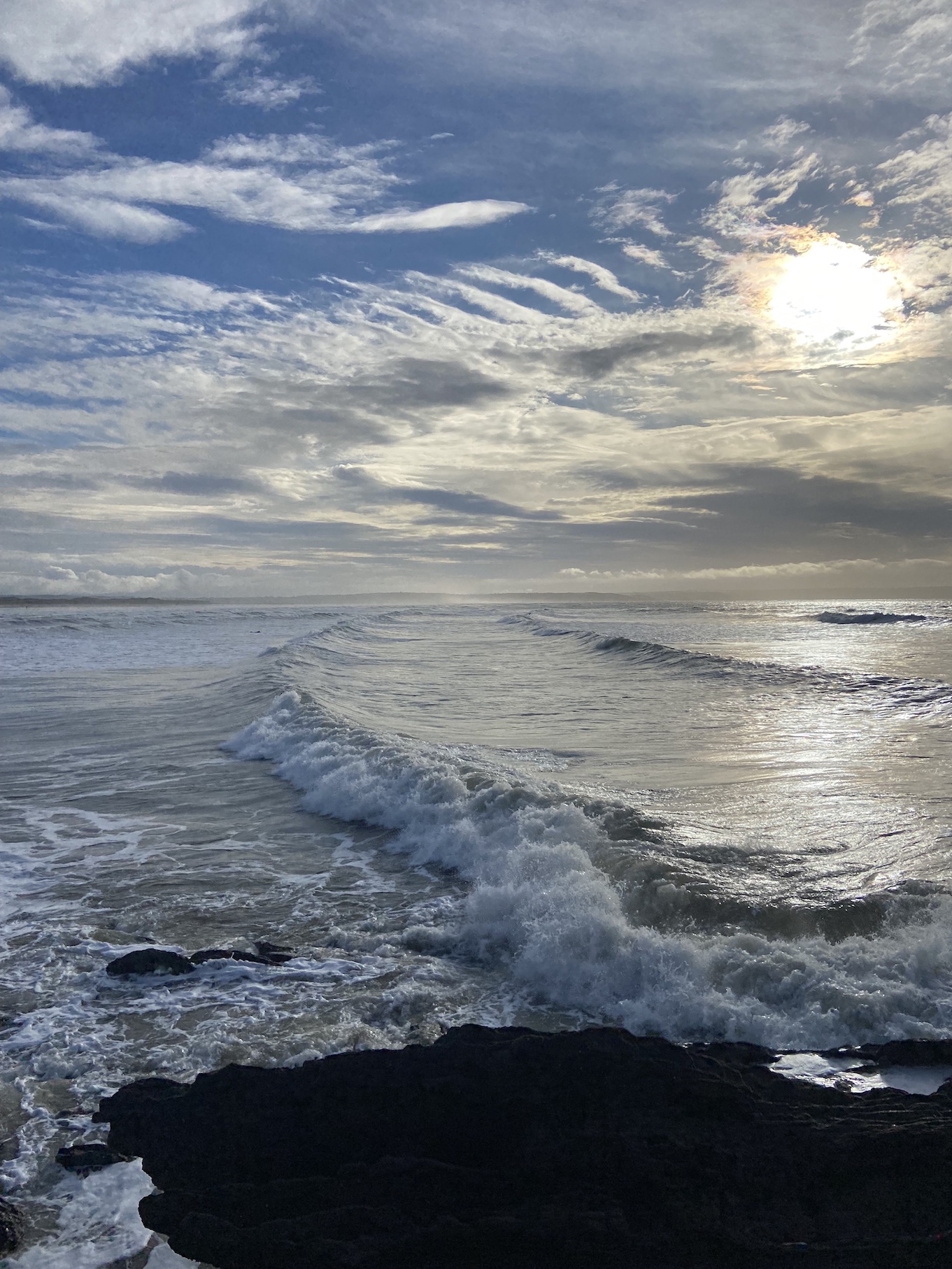
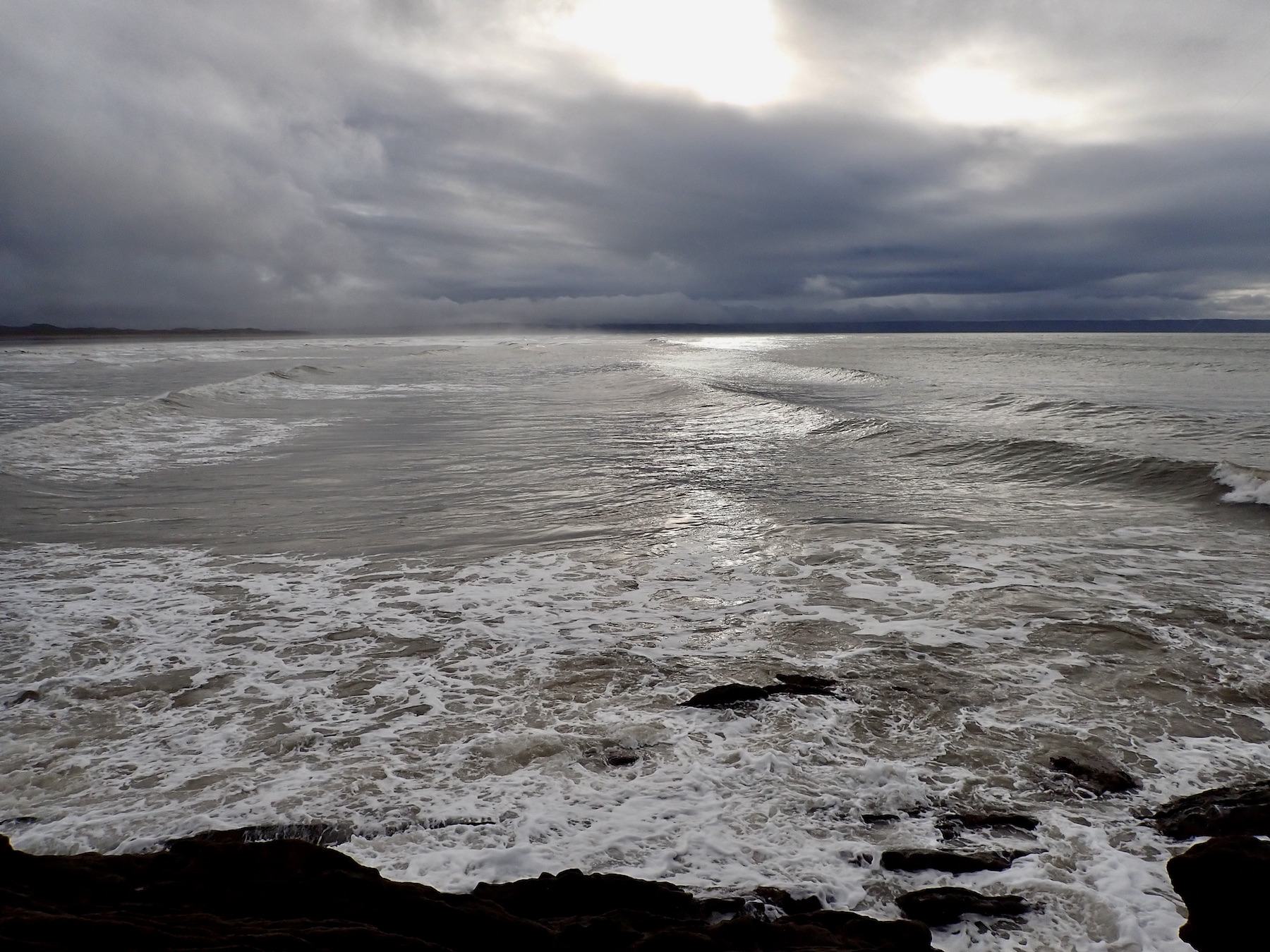
It was after all a pleasing day with sunshine reflecting from the sea as a good surf rolled in. There were a good number of surfers enjoying the day and another couple of anglers were fishing the mark.
I reflect upon a few things that have changed over recent years. For there has been change in both the fishing and the anglers that fish. Are the two related perhaps or is it social behaviours that have radically changed?
The mark we were fishing will be recognised by many who read this post and some may well criticize me for blatantly revealing where we were fishing. I generally maintain a degree of discretion when posting images as many worry about large numbers of anglers descending upon good marks. But how big an issue is this these days? Yes keeping good marks under wraps is probably sensible but looking back to previous decades there was often intense competition to secure the top marks.
If you had fished this mark in November thirty years ago cod would have been the target species but at present cod are virtually non-existent along the open coast. In the 1980’s through until the mid 1990’s open coast marks like Capstone would be fished by anglers from all over the West Country. If you wanted to get a space you would have to get there early morning or at least a few hours before the tides peak.
Weekend sea angling club competitions would attract good numbers of anglers. Many of my generation will remember with fondness the weigh-ins on a Sunday night at the Bastille in Ilfracombe when twenty or thirty anglers would gather around the scales. In recent years local sea angling clubs struggle to attract more than half a dozen competitors.
Whilst the decline in cod may have impacted upon Winter fishing there are other species that have filled the niche with bass, ray, bull huss, spurdog and tope now caught pretty well all year.
It‘s not as simple as a decline in fish resulting in less anglers for I believe society has changed dramatically. The normal working week of Monday to Friday has been replaced with more seven day working. This has undoubtedly impacted upon competitions. The cost of living also impacts as does the cost of fuel and bait.
Access to the coast is also a worrying issue as more marks are closed off to anglers. Parking is both expensive and restrictive with night fishing at some marks now impractical.
Another factor that is impacting upon angling is the aging dynamic of anglers with the number of new young anglers in decline. The majority of anglers I know are over fifty whilst twenty years ago there were plenty of anglers in their twenties. Angling is recognised as good for mental health and brings participants close to nature.
What is the future of angling? It has been a big part of my life for close to sixty years and I would like to see it flourish into future decades. So what would reverse the decline in angling and bring a new generation into the sport?
